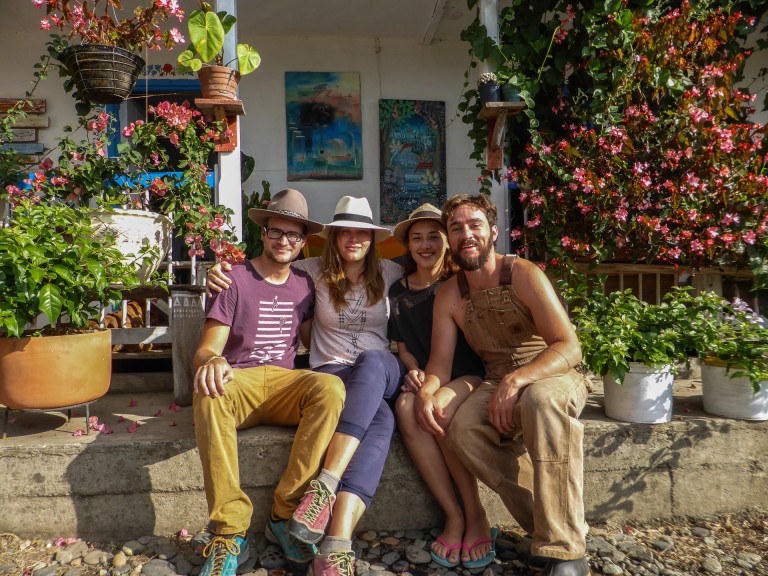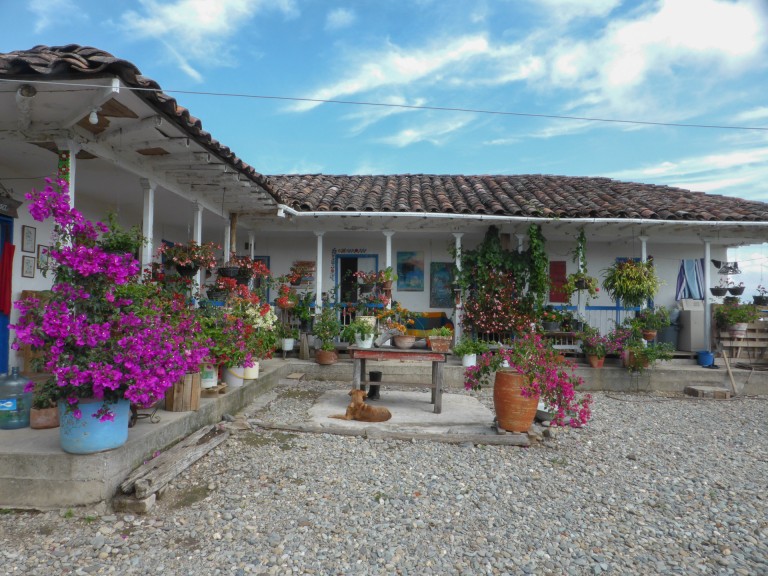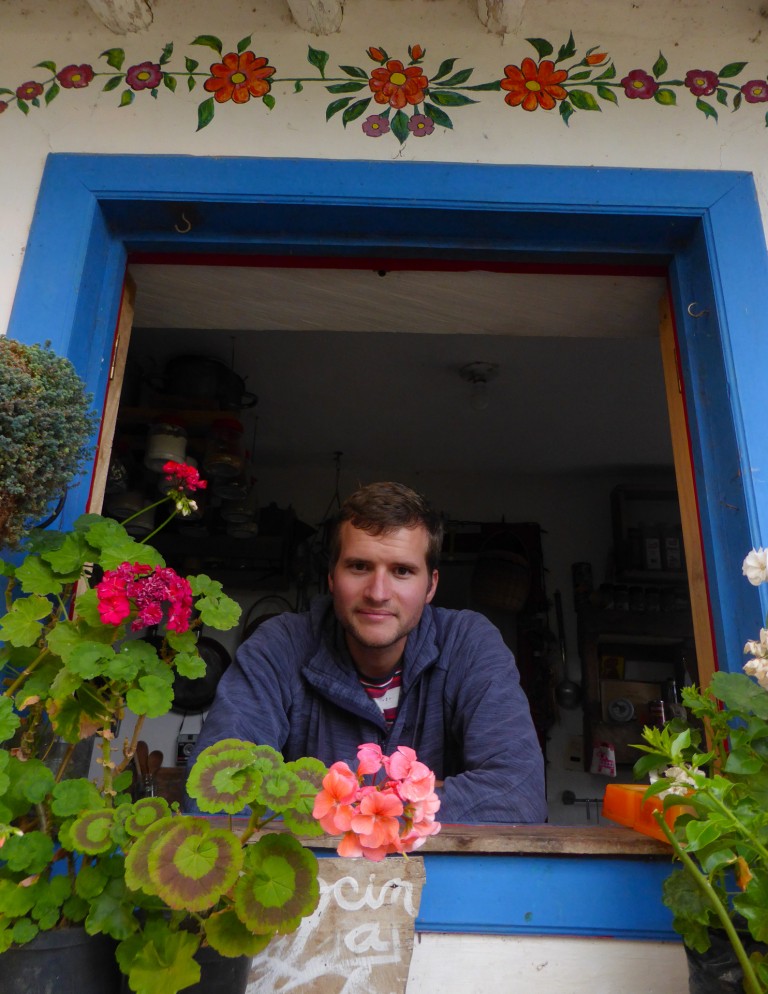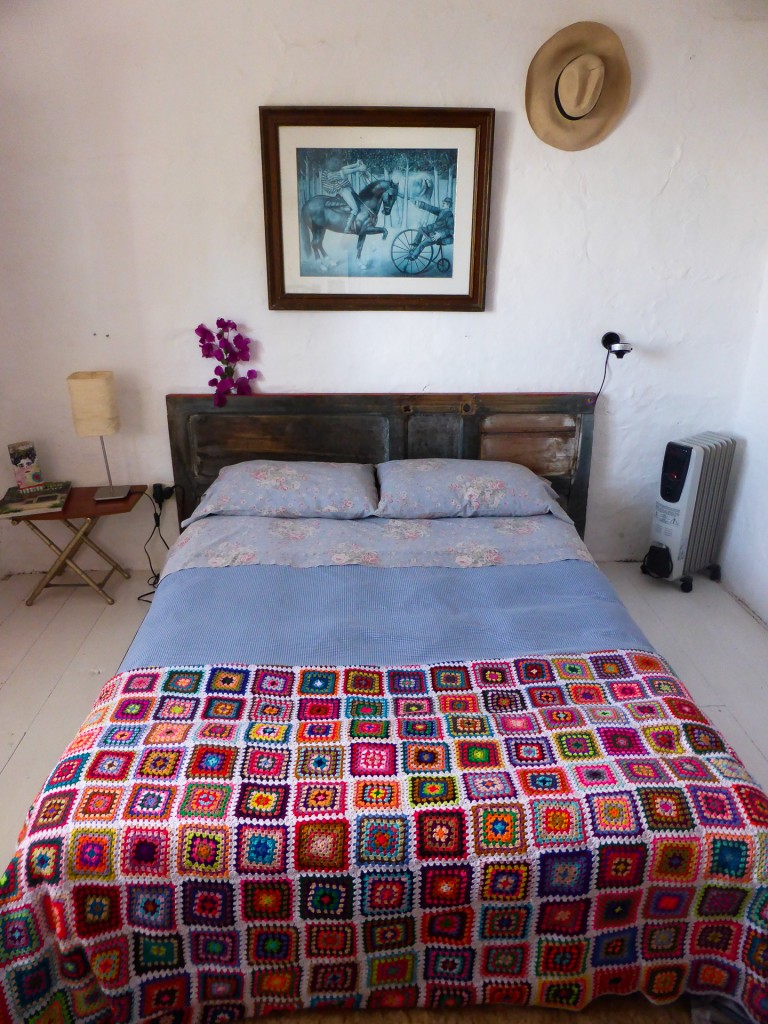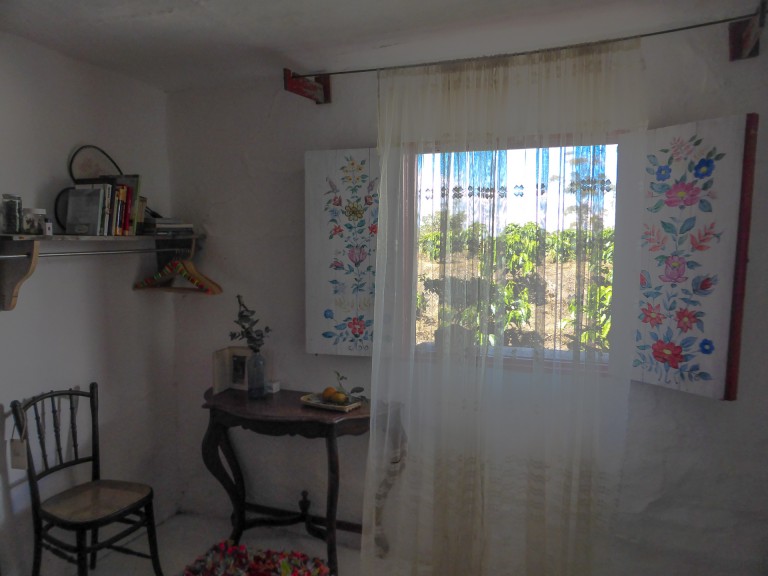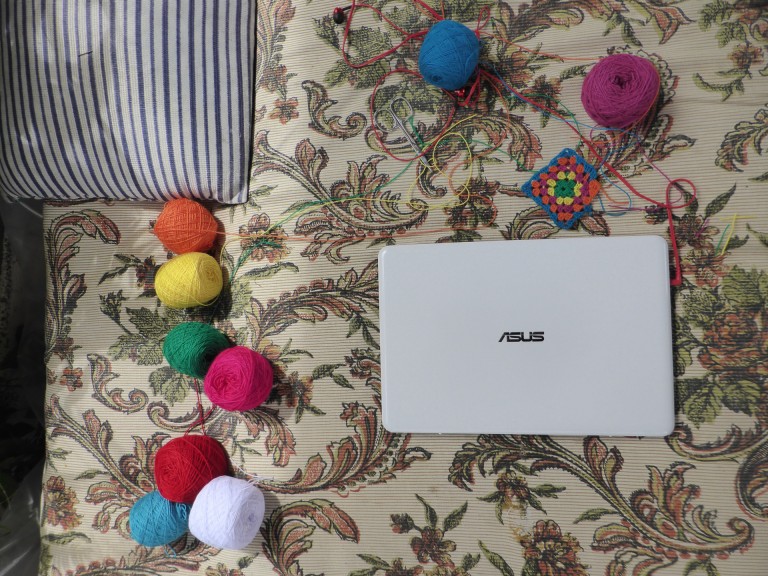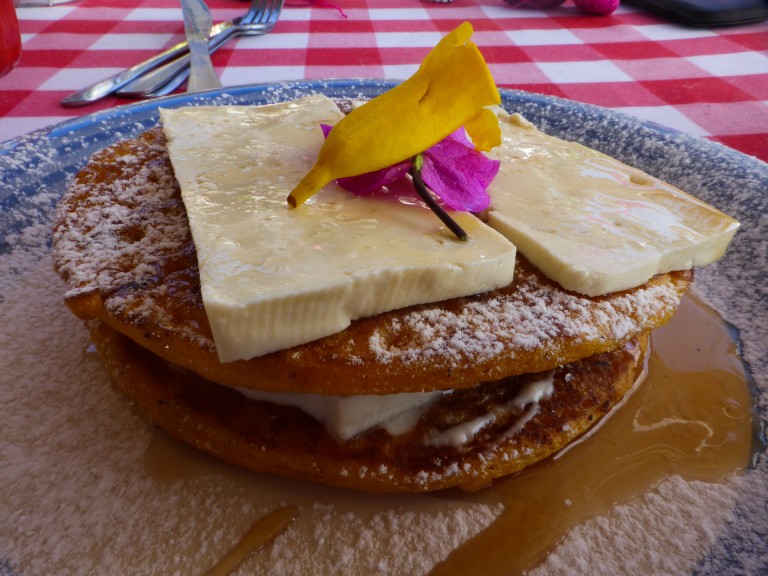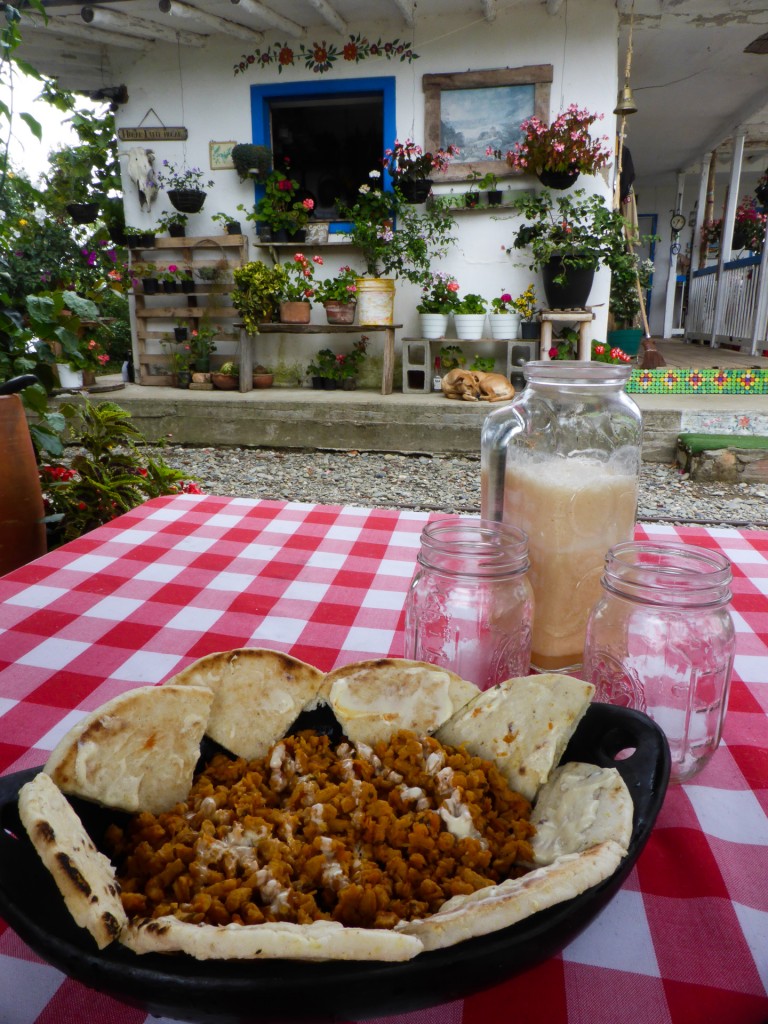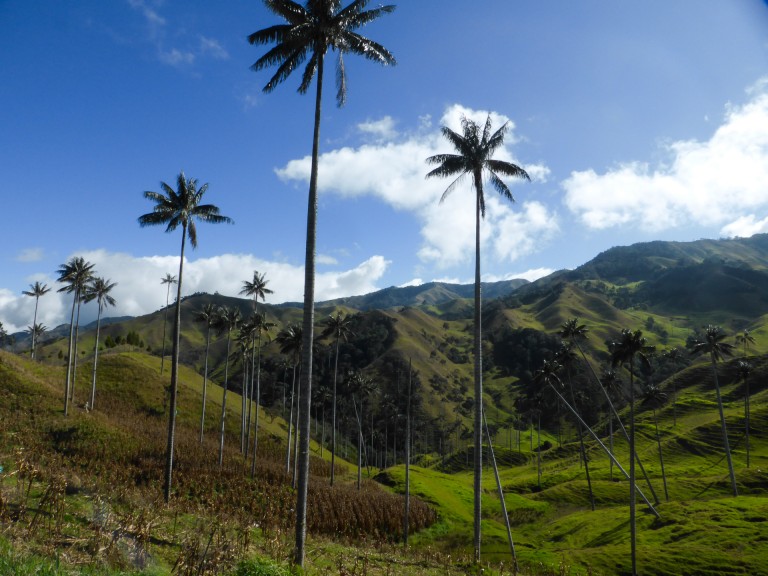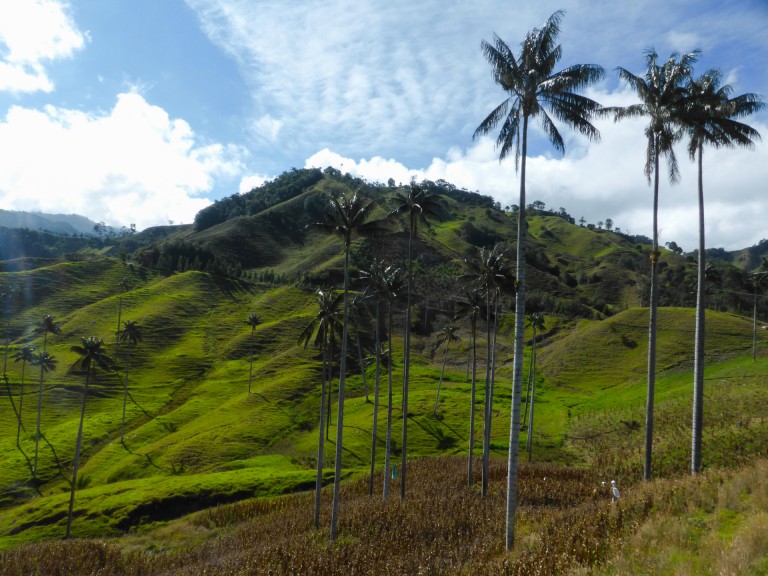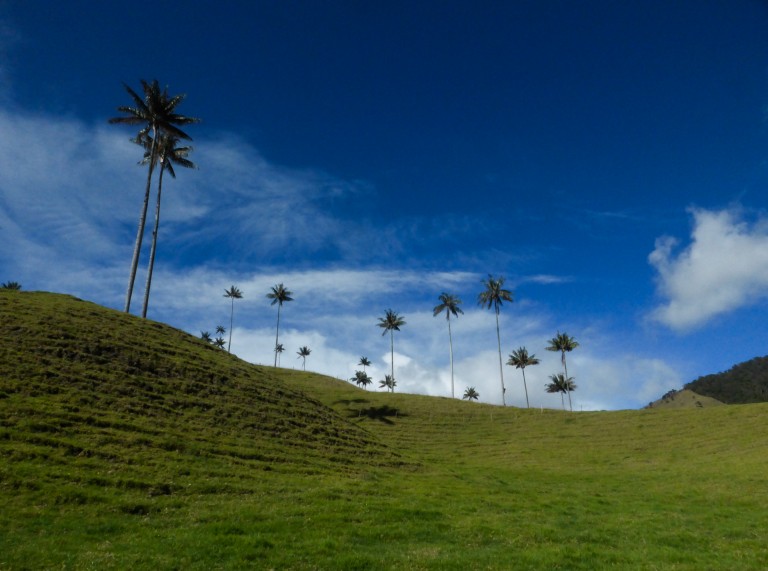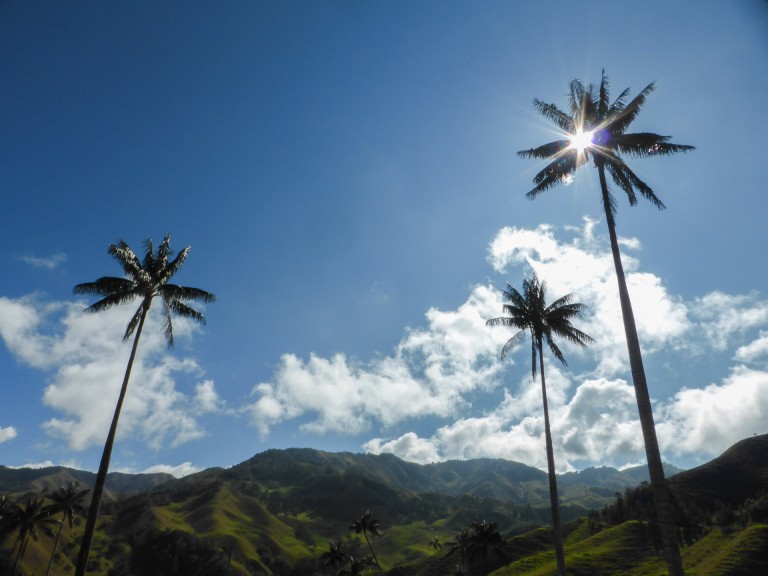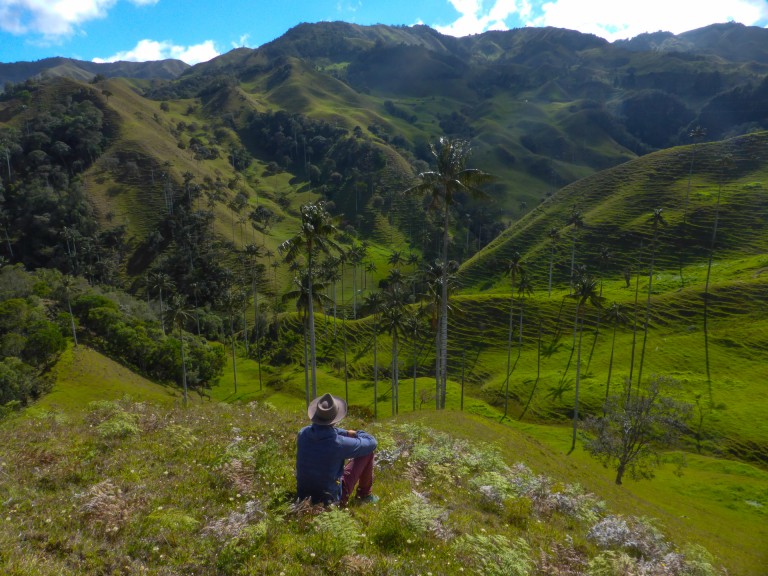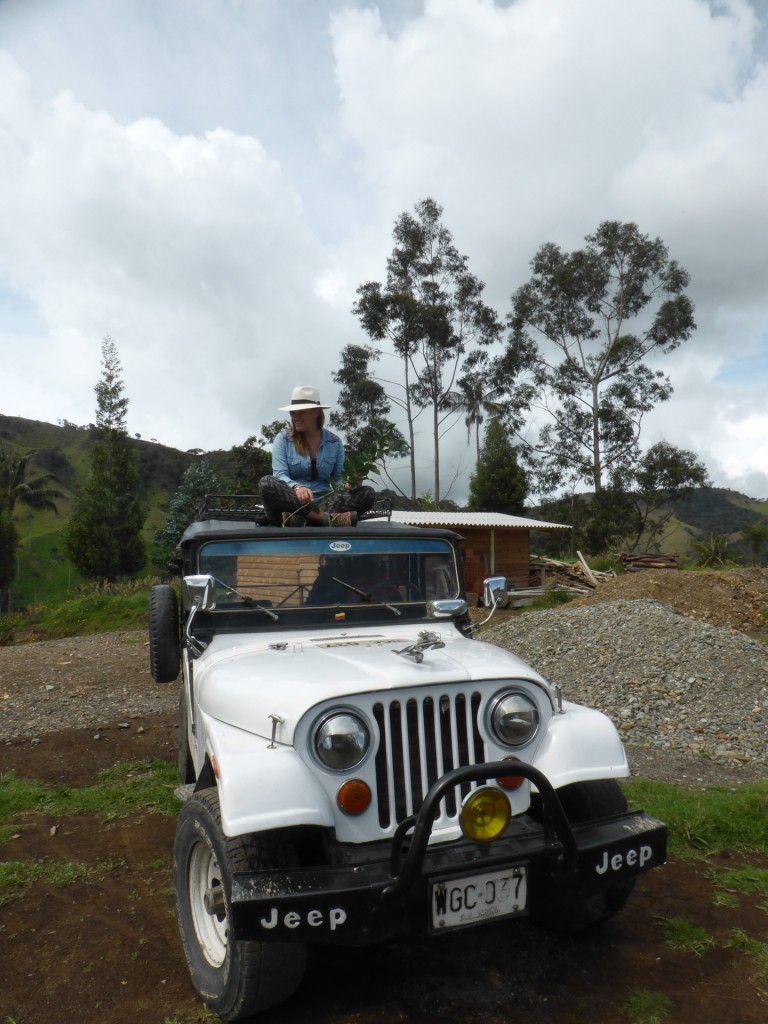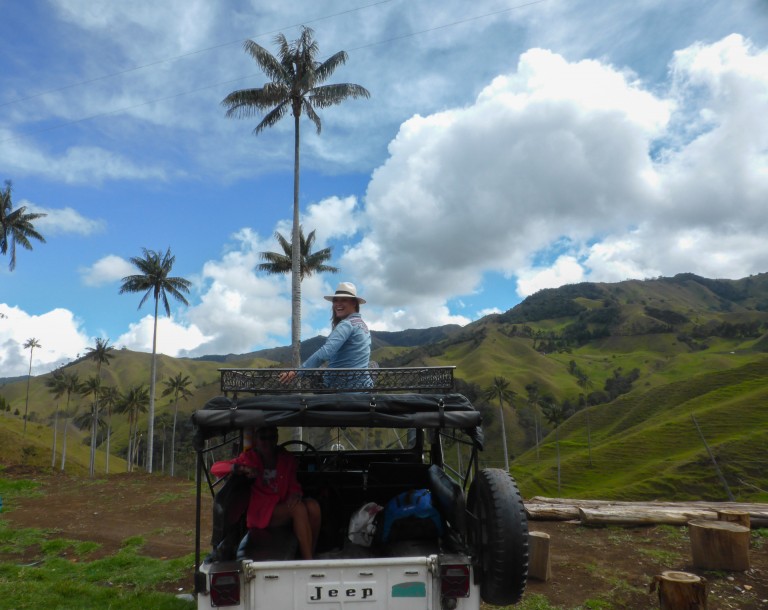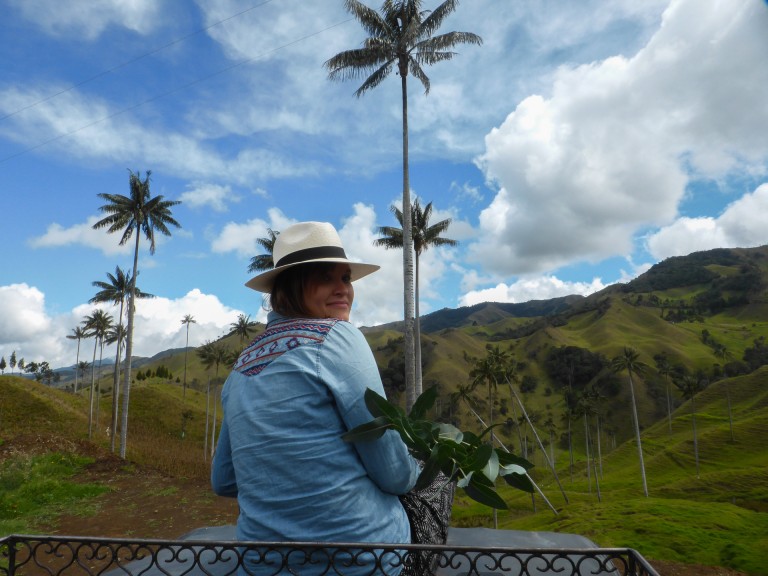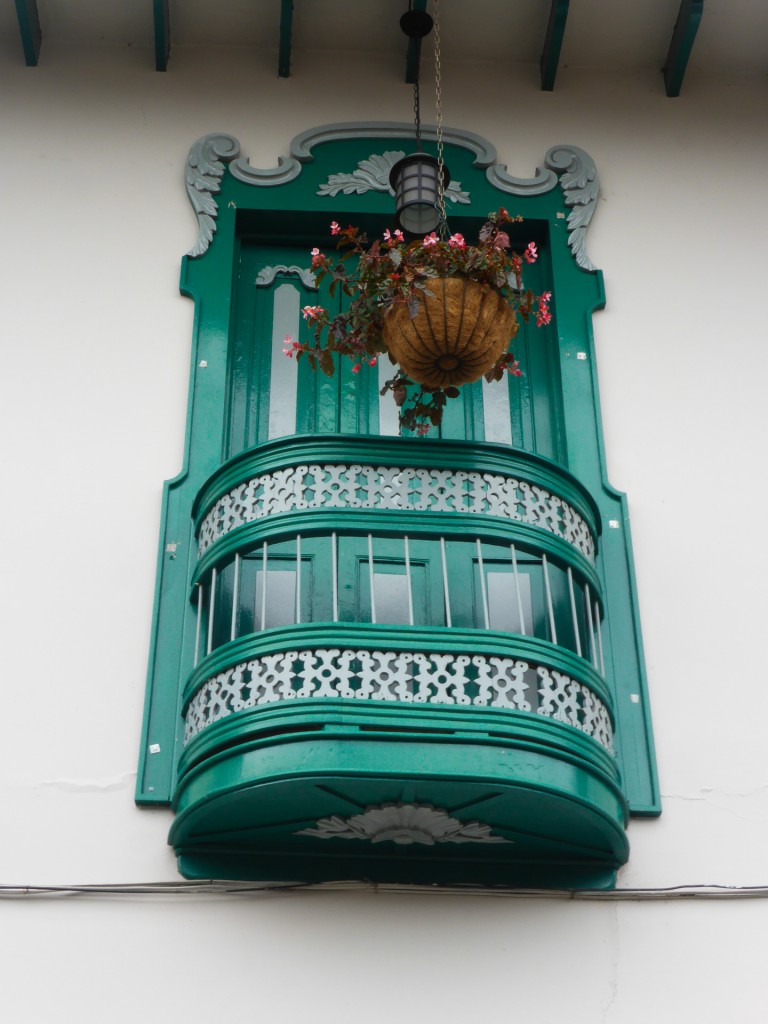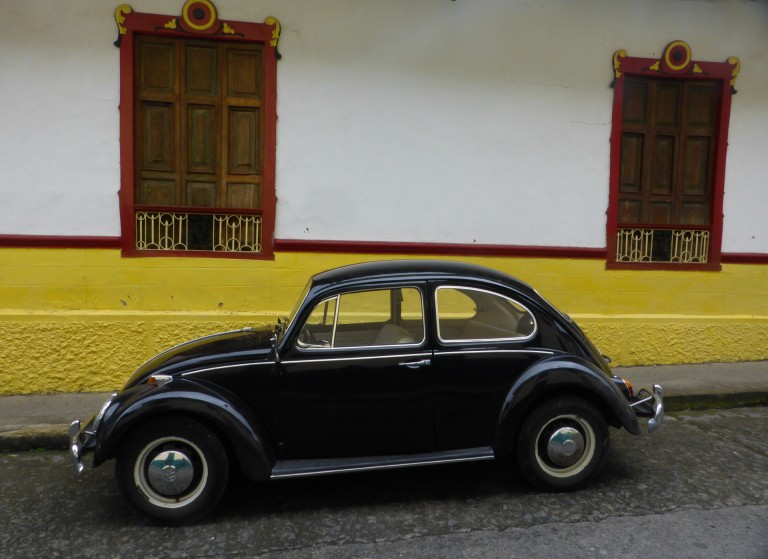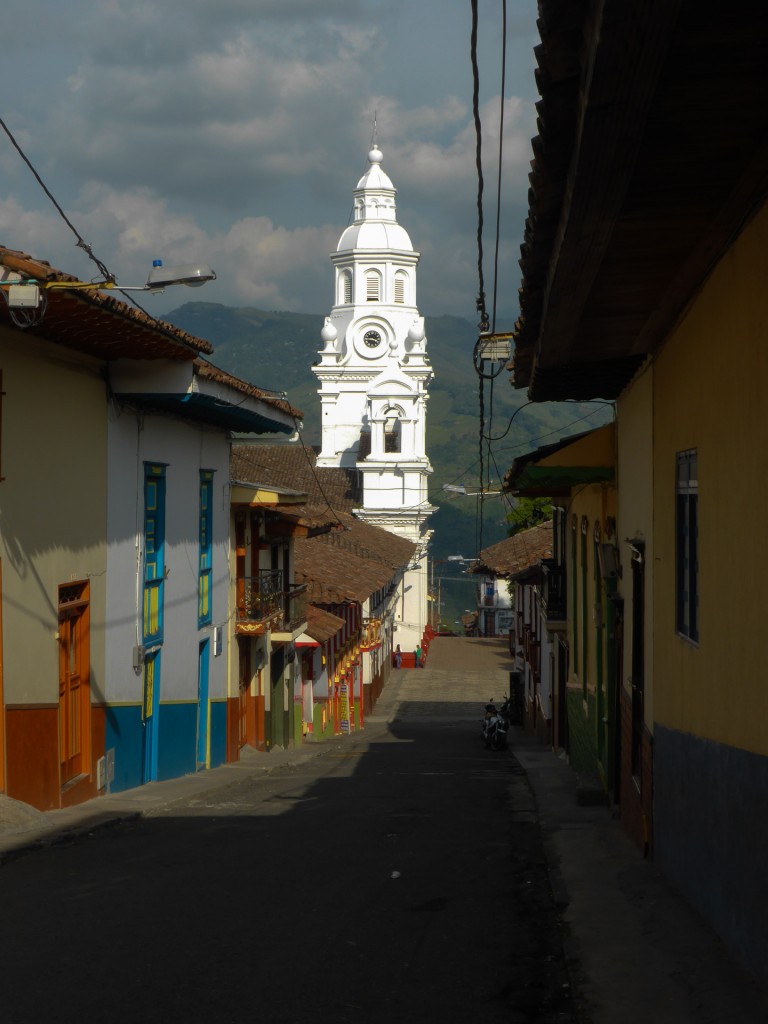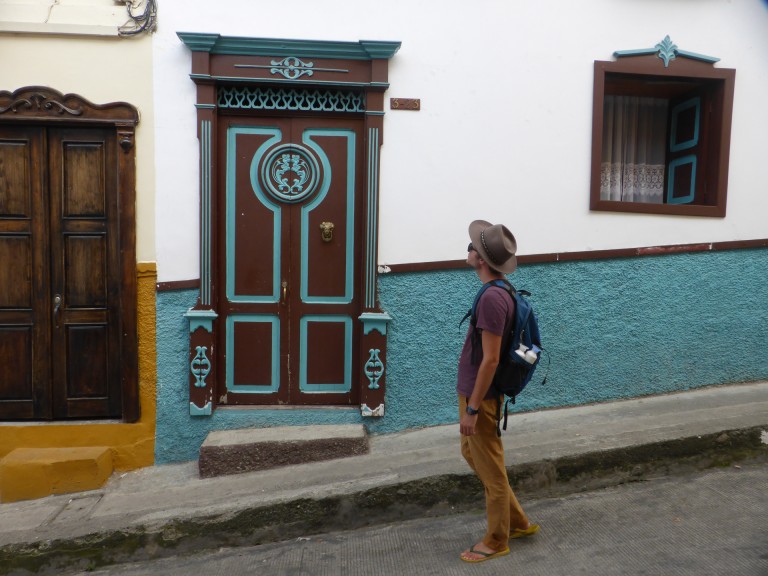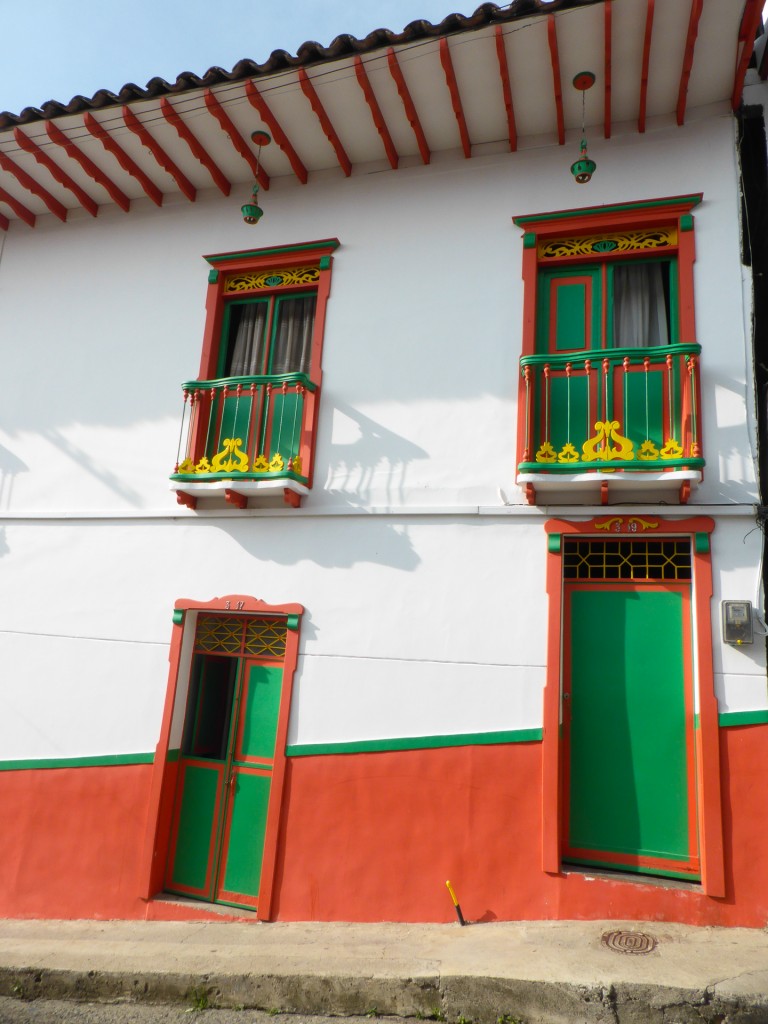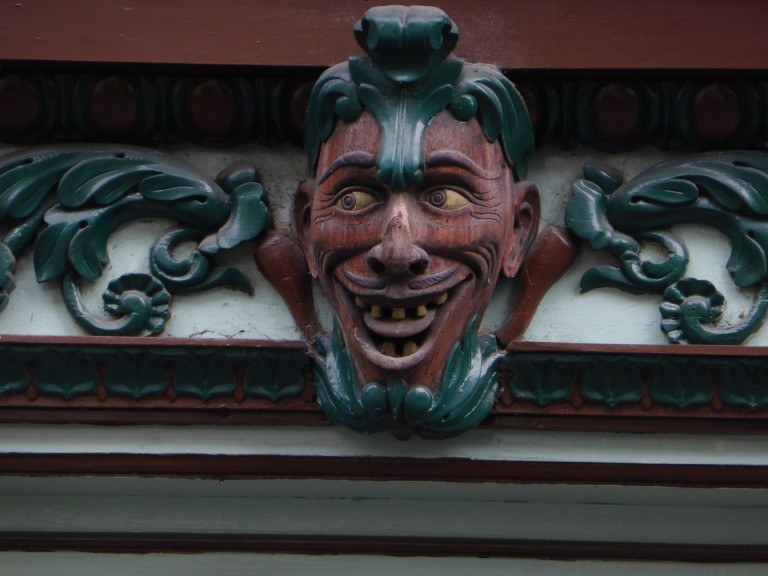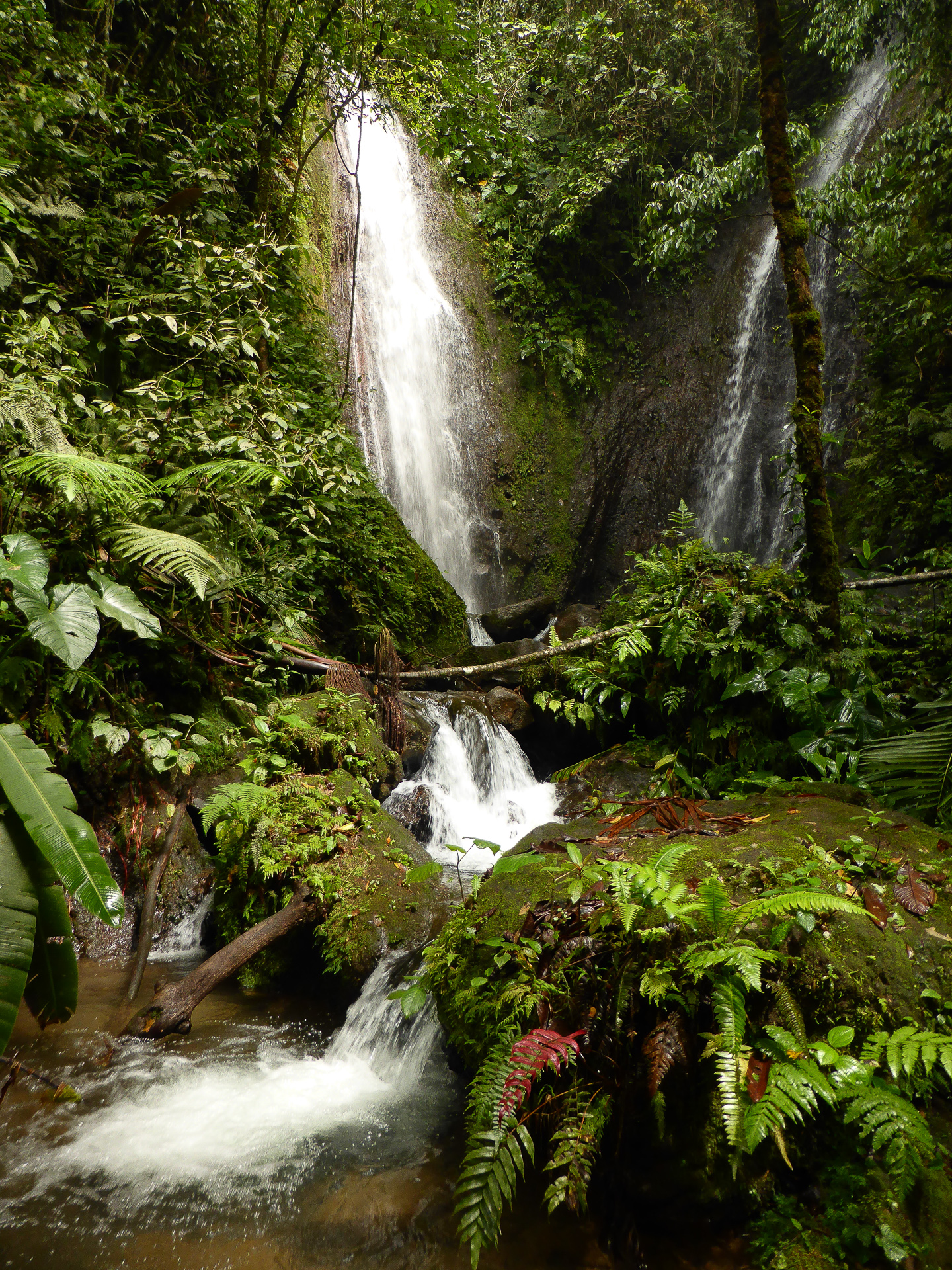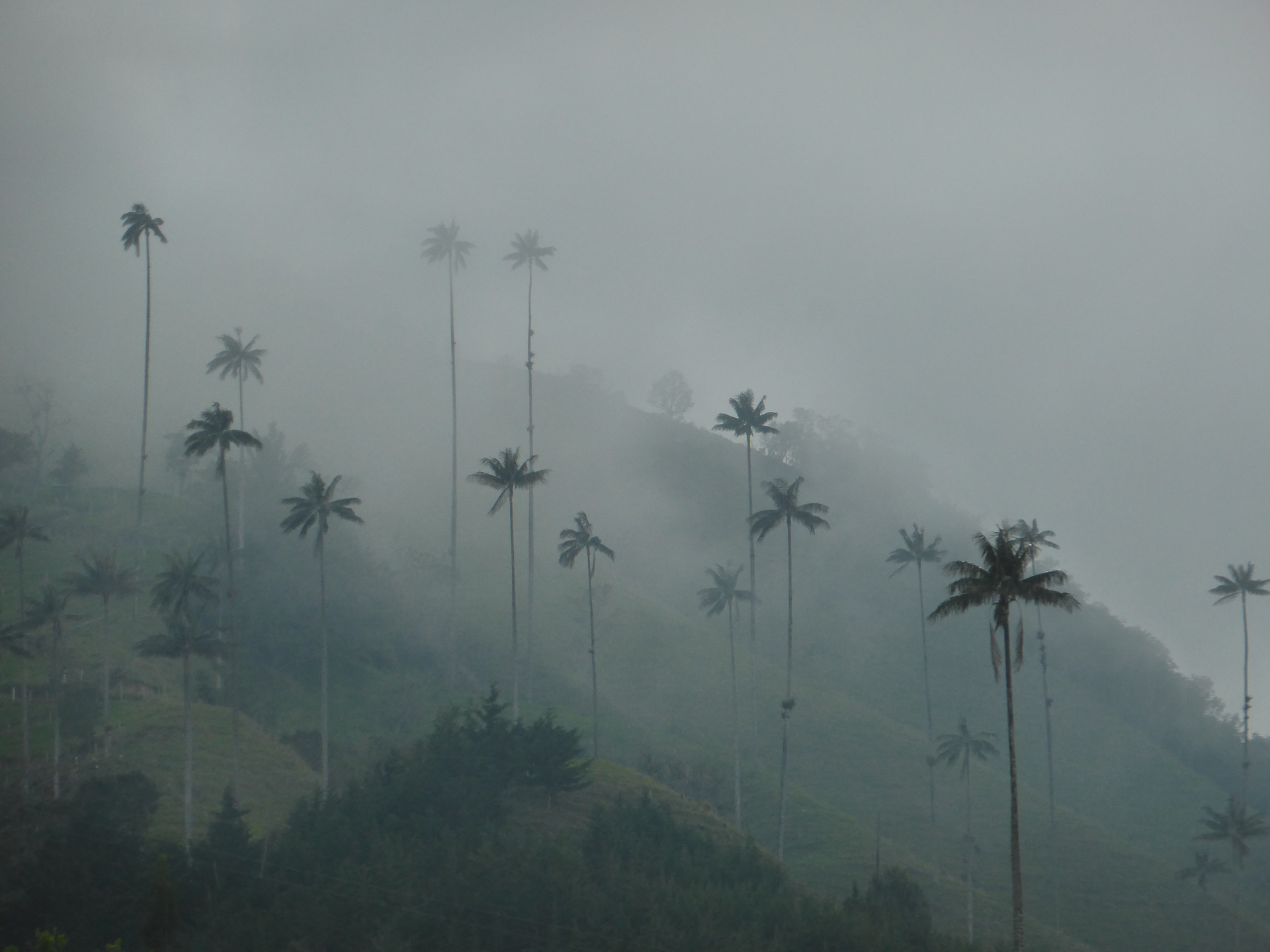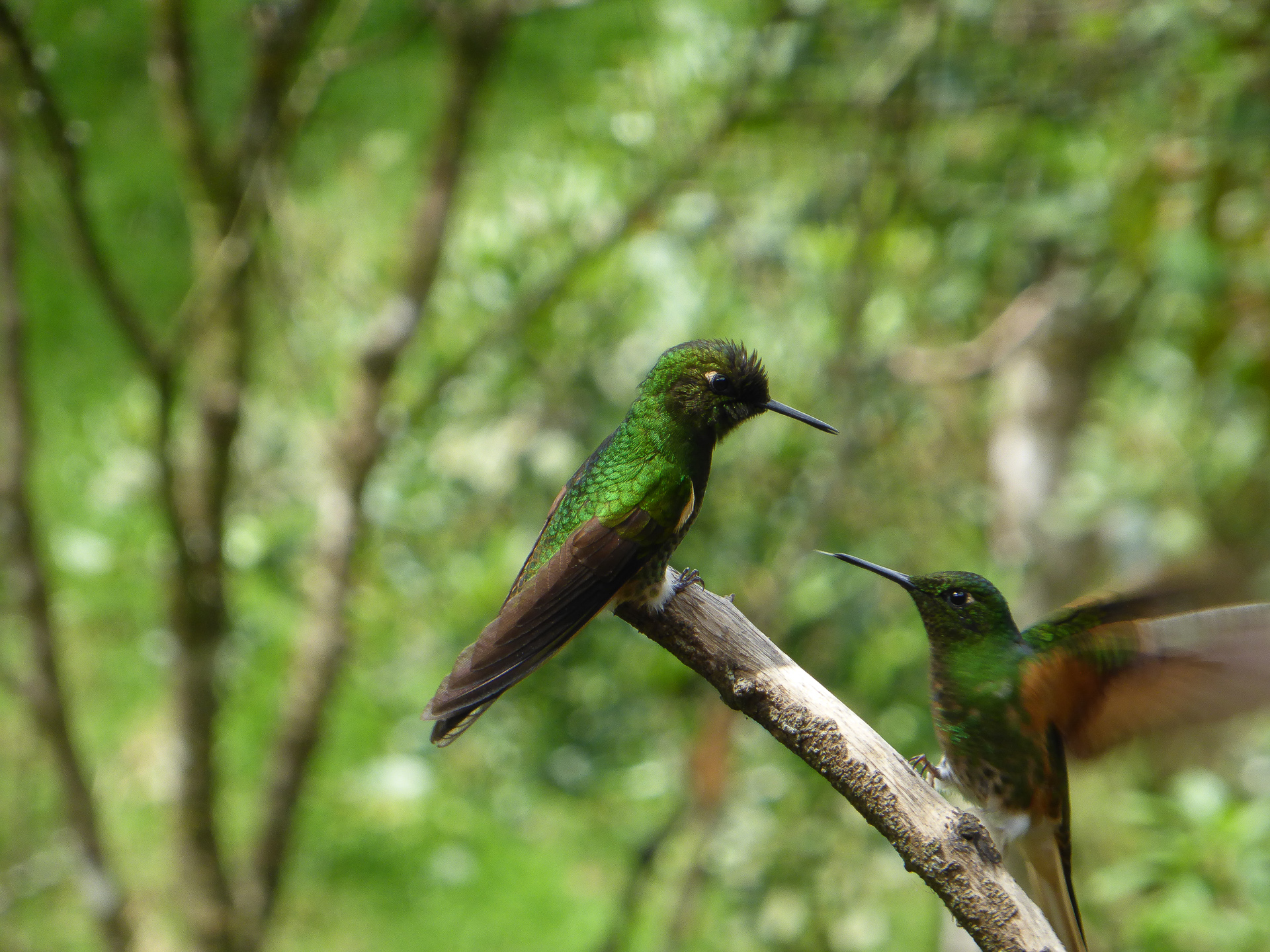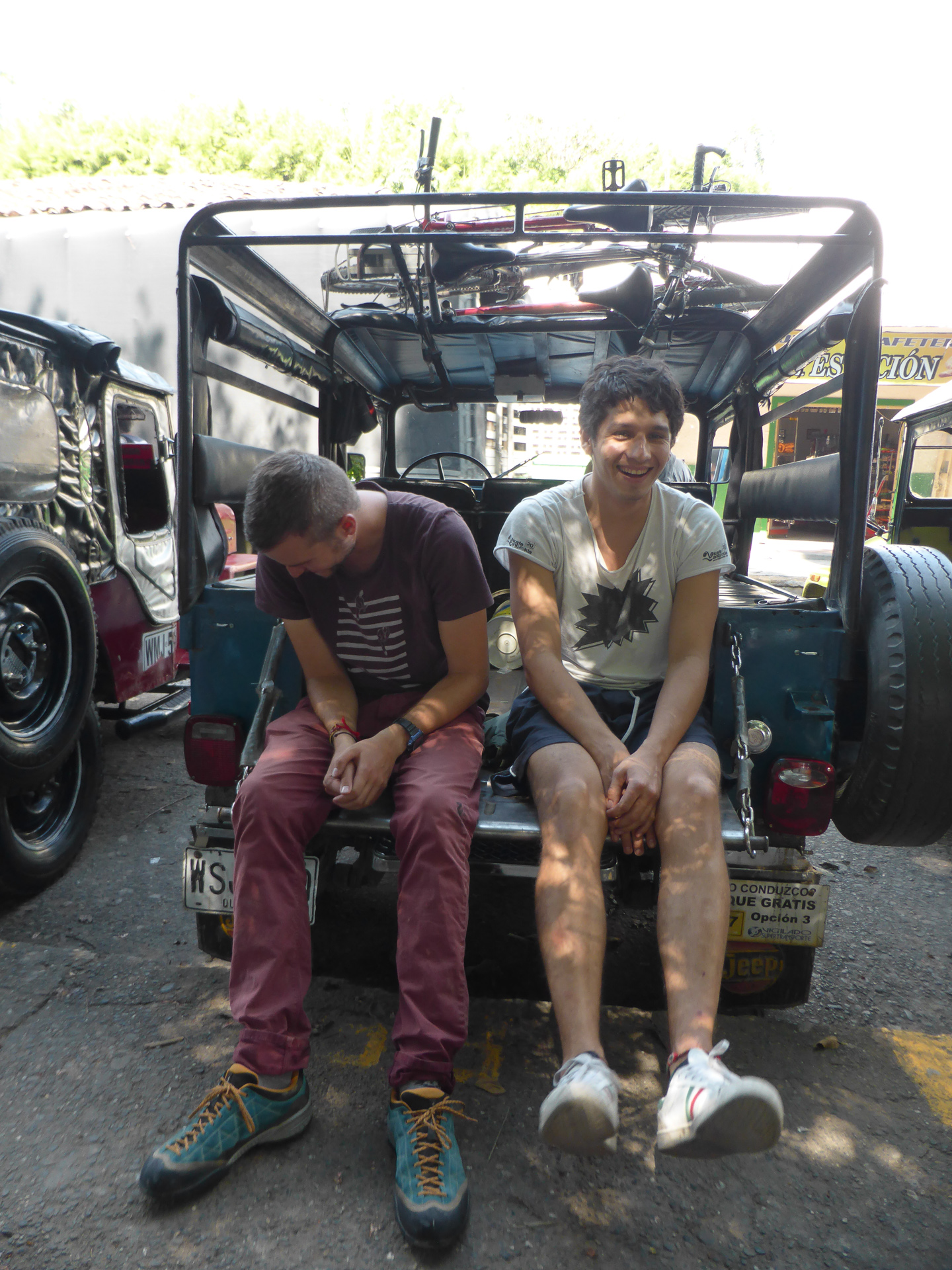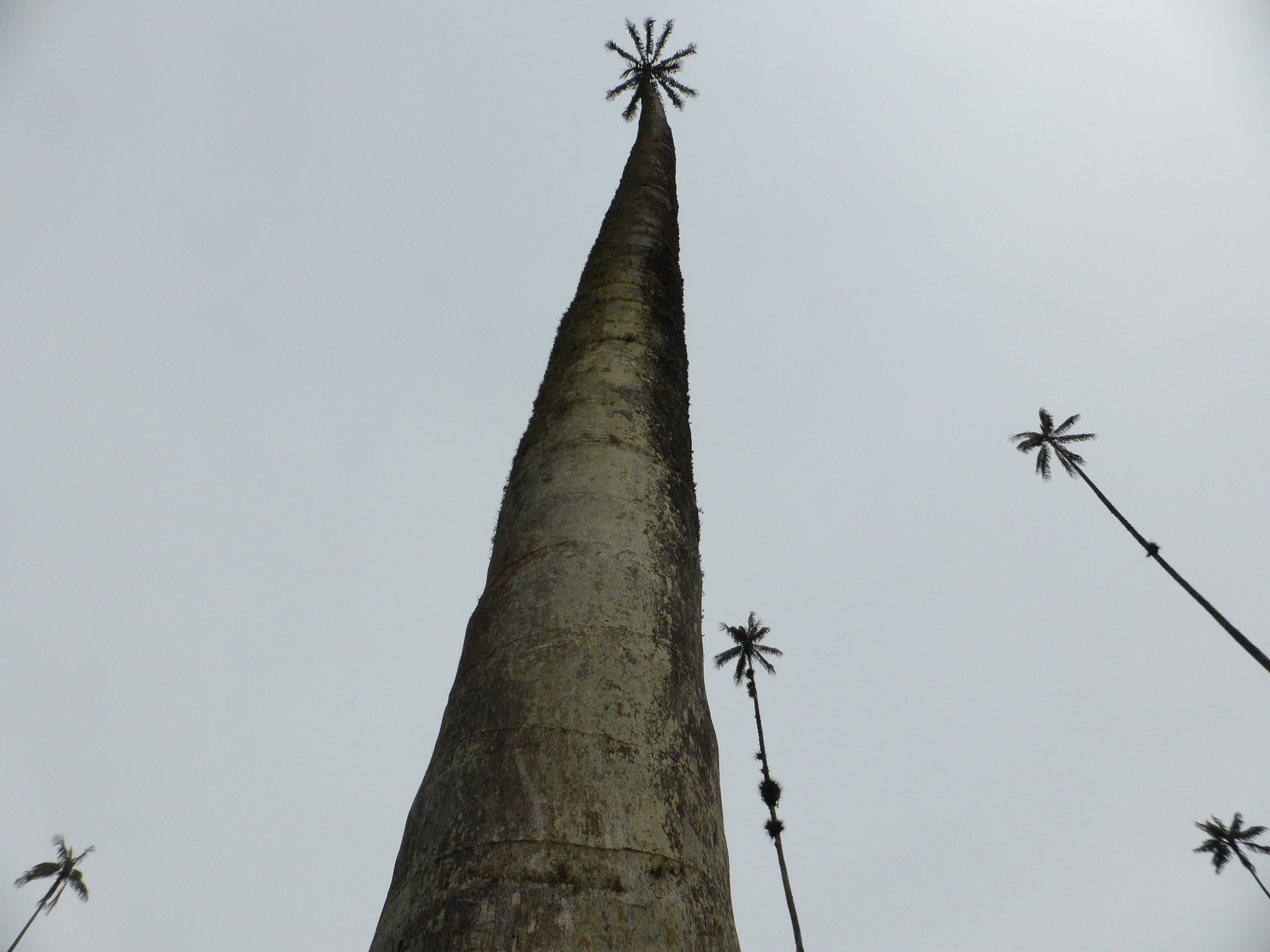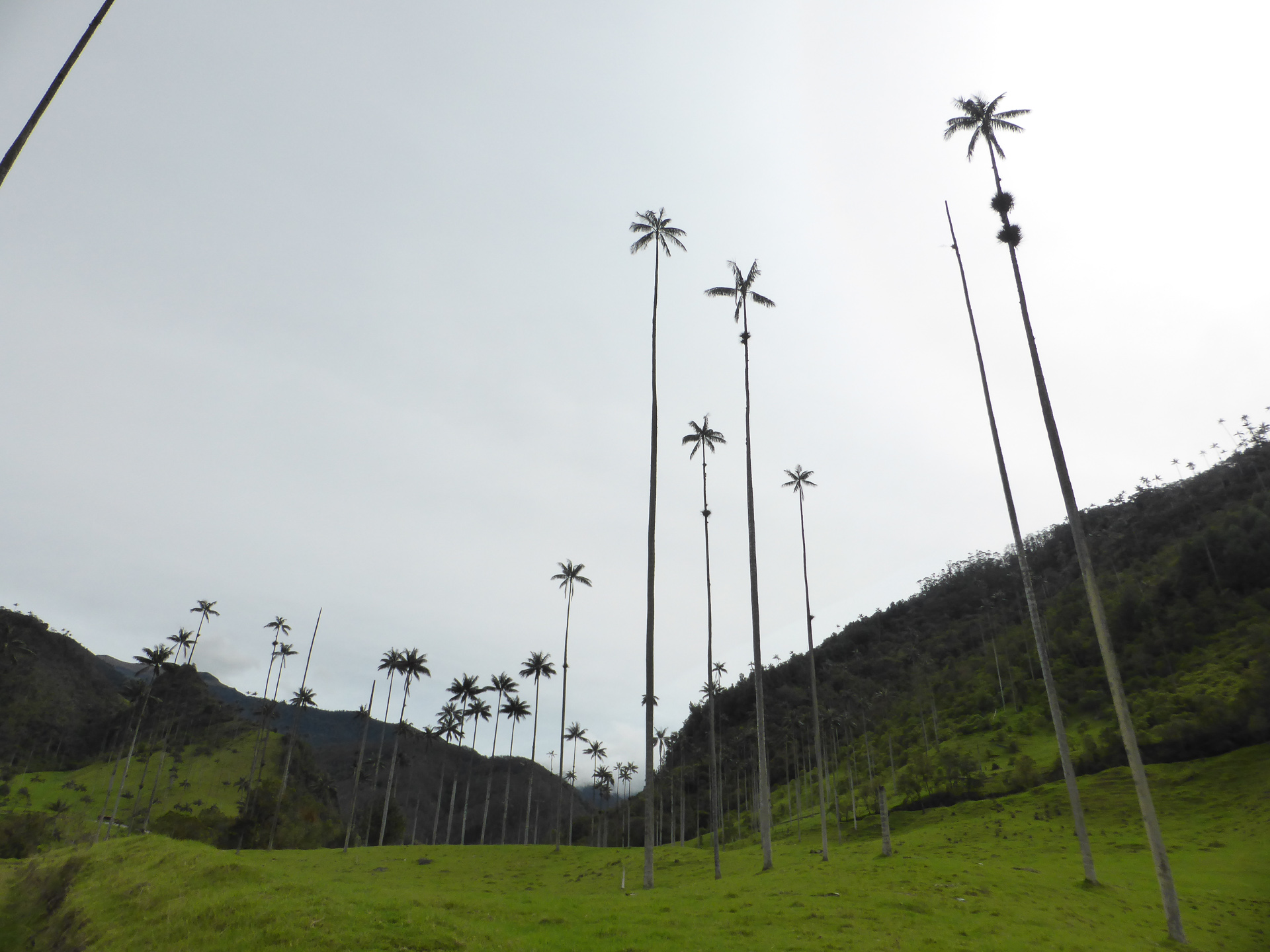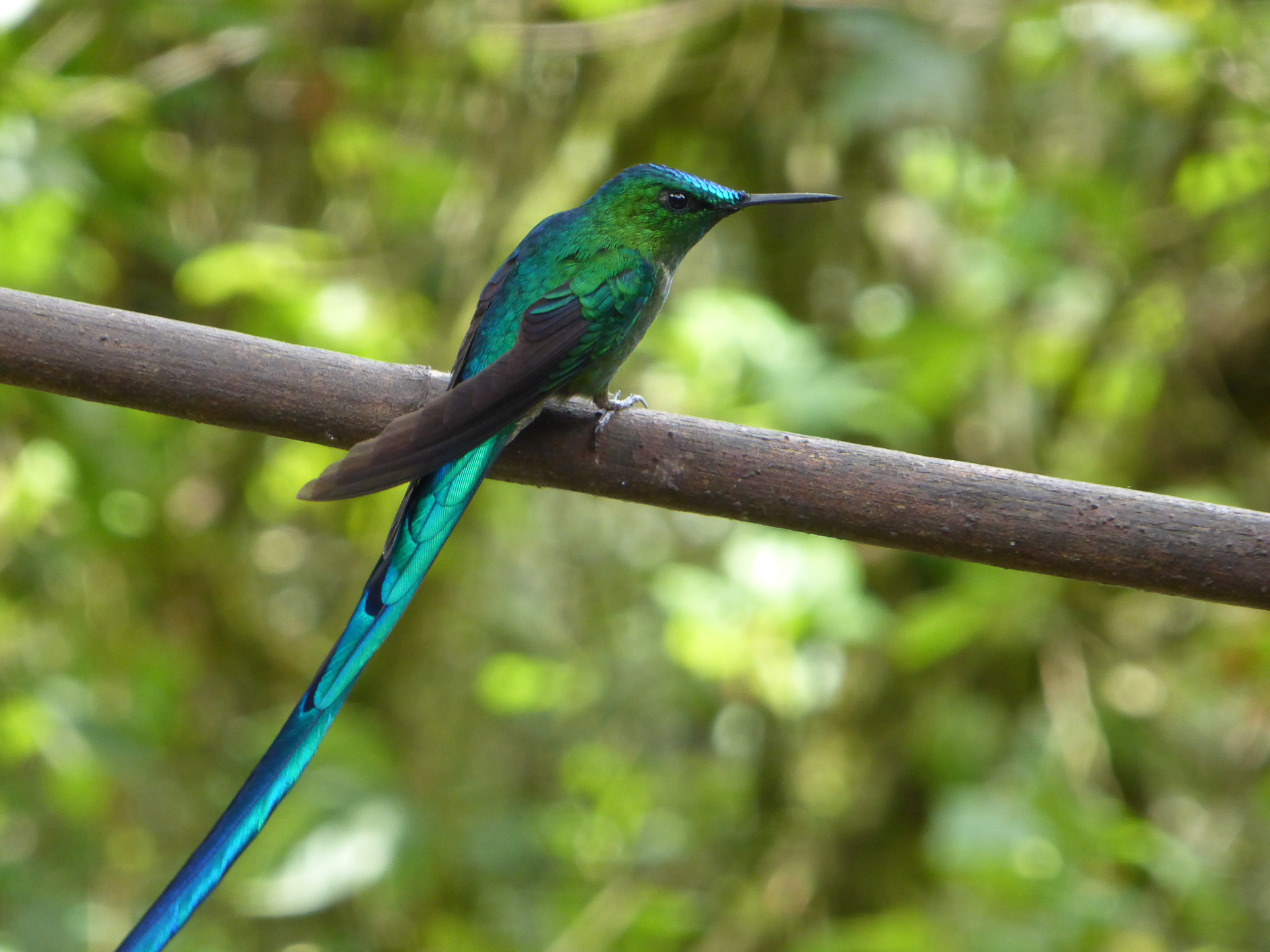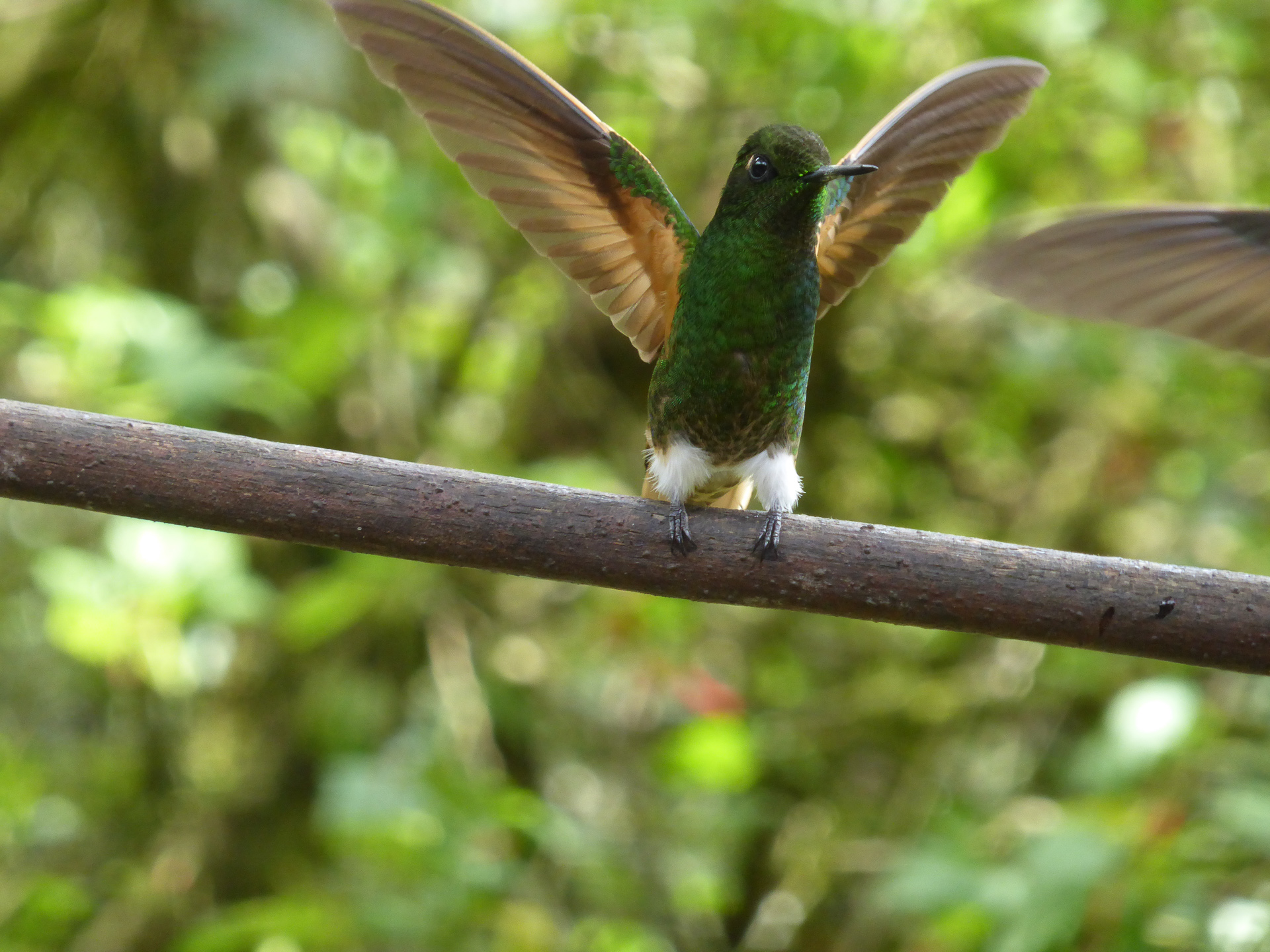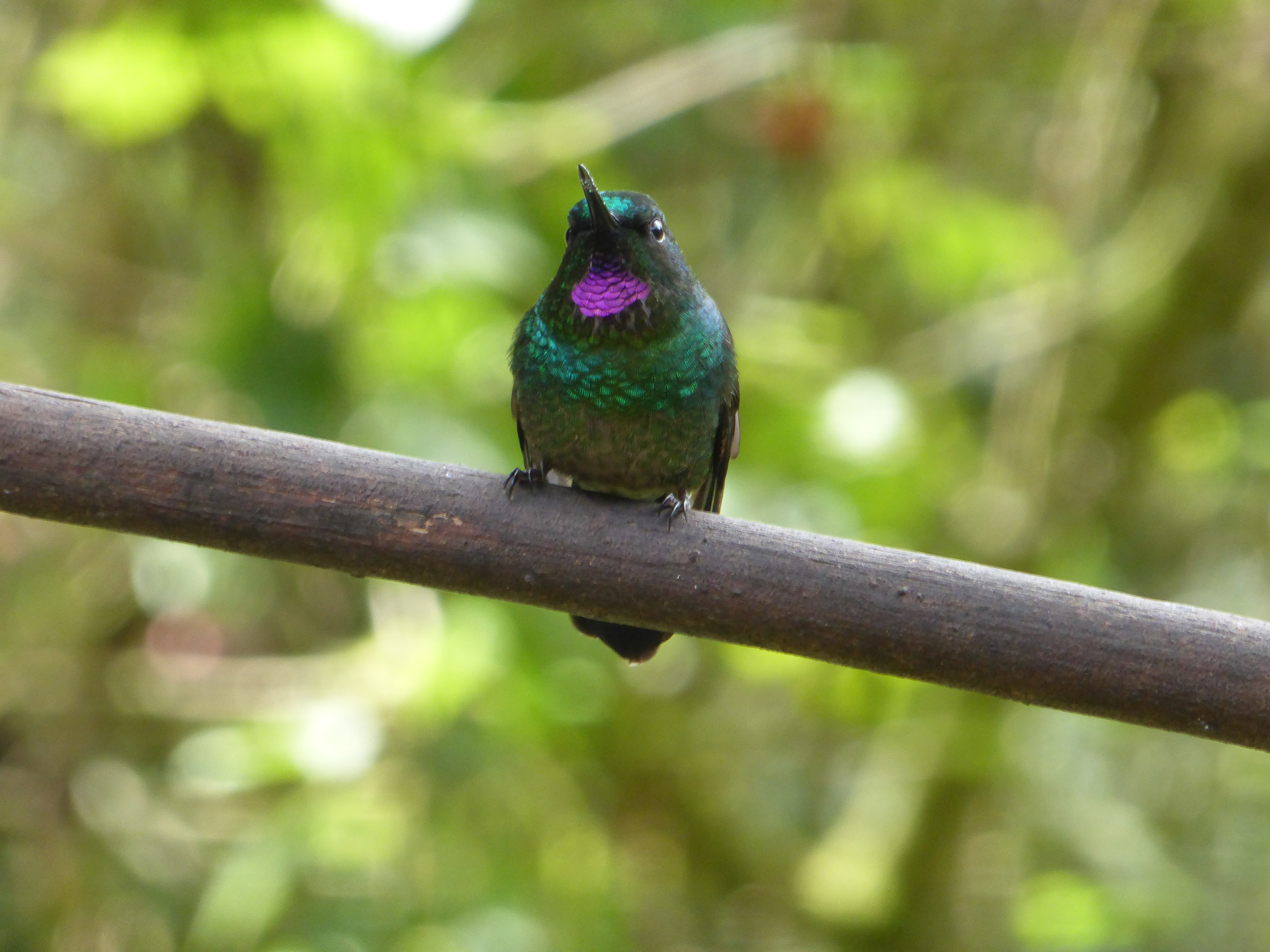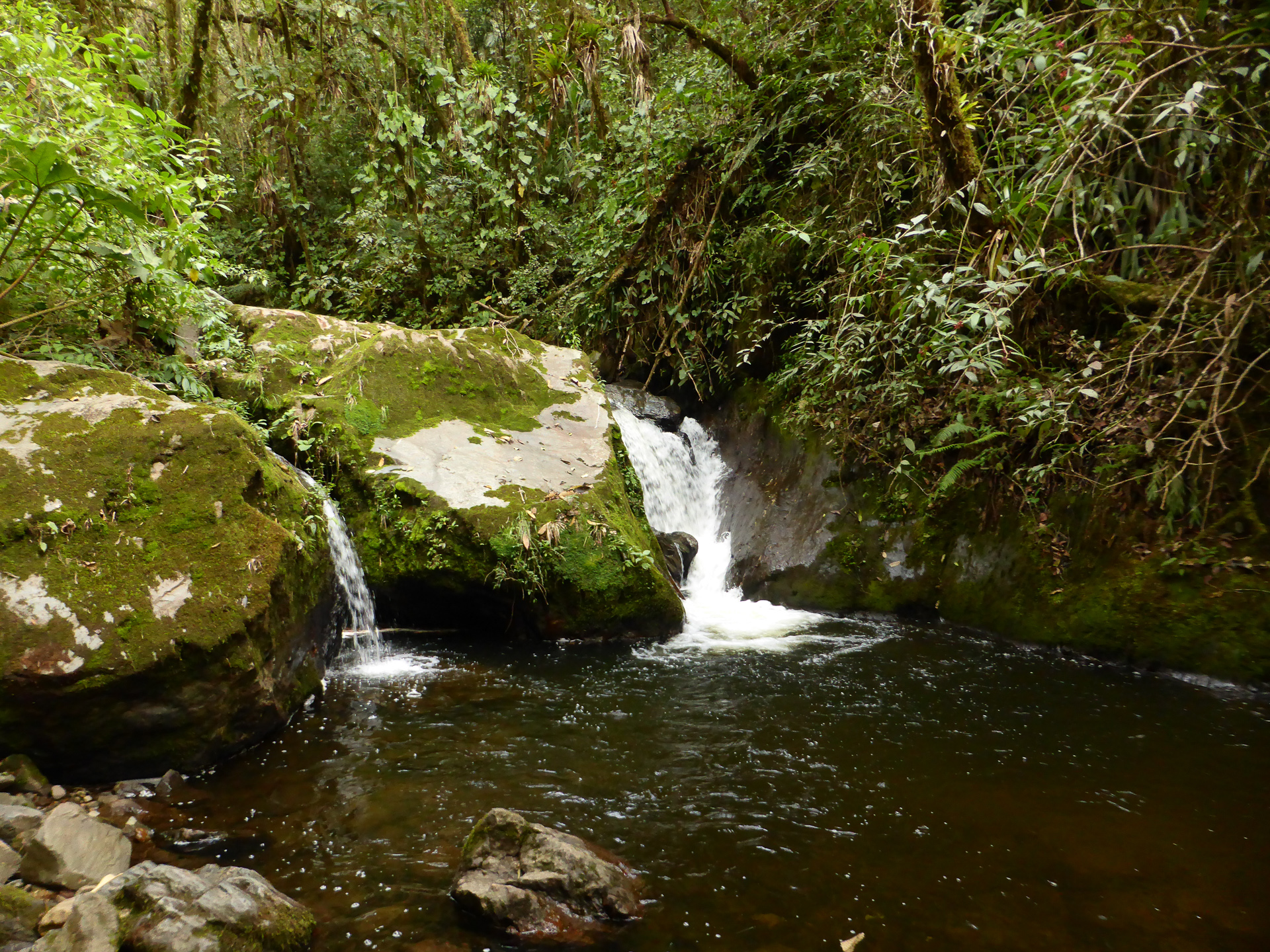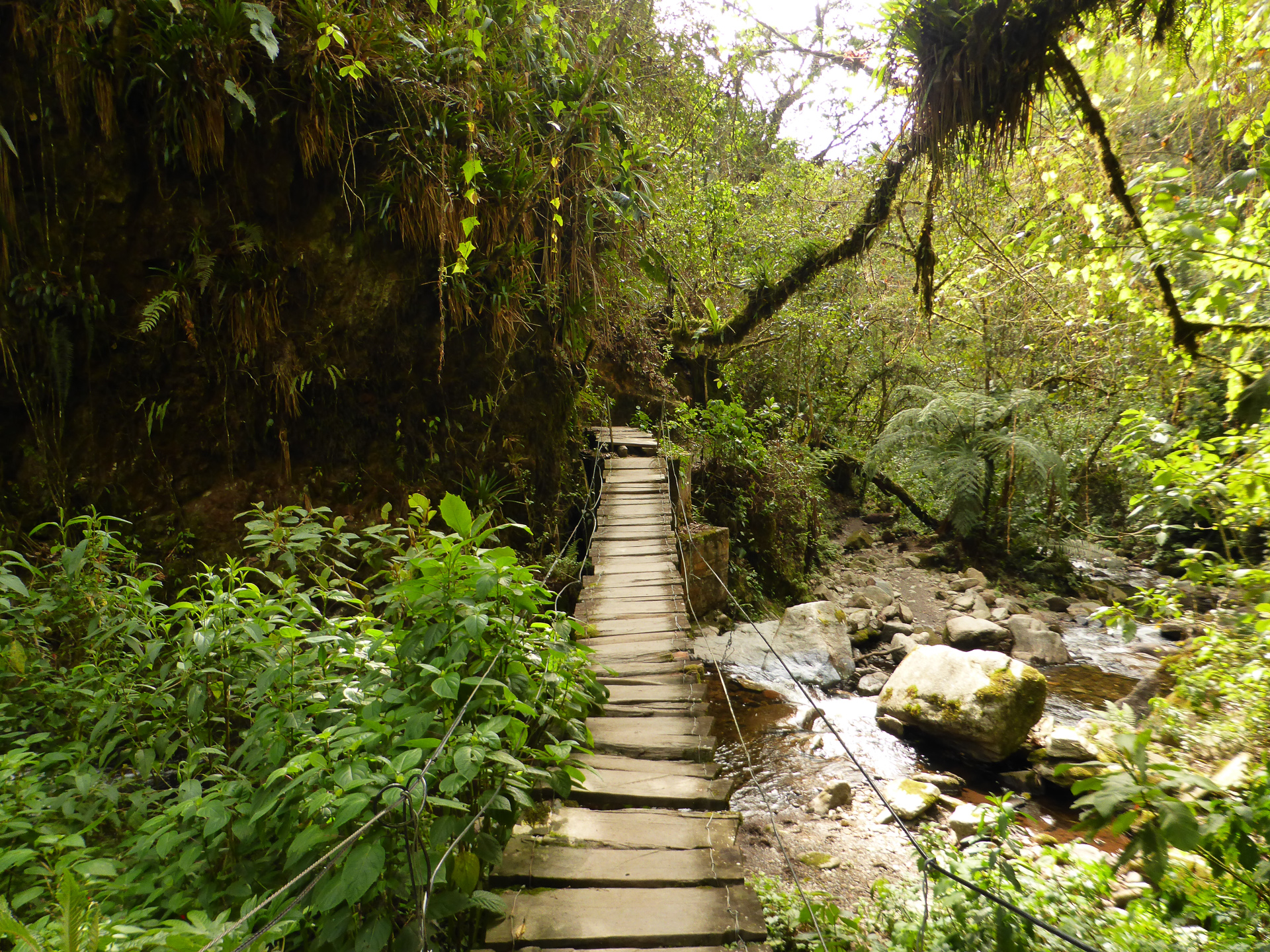In 368 days we traveled through Argentina, Uruguay, Bolivia, Peru, Colombia and we paid short visits to Ecuador and Brazil. In total we spend of 24 938 euros for the two of us.
Can you do it cheaper? Yes, for sure. We met a guy who was only eating rice and sometimes for the variety leftovers from other people. We didn’t do that. We also didn’t drink water from fountains and we didn’t sleep in parks. We did volunteer every now and then. You can always volunteer more. It’s a reasonable budget of two people that like good food (mainly cooked ourselves during the travel), don’t mind sleeping in dorms but sometimes get a double room and definitely don’t go for drinks every other night. OK let’s break it down then:)
Which country was the most expensive?
As you can see below Peru was the most expensive country. We spent 75 euros per day with the two of us. In total 5227 euros over 70 days. That’s because we did a very expensive Salkantay trek and we went a bit crazy on very fancy dining and we bought a cheap laptop (around 200 euros). We also didn’t do any volunteering. Honestly speaking I definitely feel Argentina was the most expensive country. We spend 65 euros per day for us two but we saved a lot by volunteering there for a month out of 99 days in the country. During the month on the farm, where we volunteered, we didn’t spend anything as the food and bed and rats were all included:) Otherwise the budget per day would be much higher. While expenses in different parts of Peru are comparable, in Argentina they are really different. For amazing colorful mountains and delicious wine in the North we paid way less than for omnipresent ice and coldness in the South. In Patogonia for a bed in a dorm in low season (so in total winter) we paid around 18-20 euros while in the north for that price you can find a nice private room with private bathroom.
Which country was the cheapest?
Bolivia. No doubt about that. Food, local transport and hostels are ridiculously cheap! And fun. While Colombia or Uruguay can be compared to Europe, Bolivia is definitely the furthest we got from the western world. The typical Bolivian Cholitas, their outfits and their hats- incredible. And I still can’t forget the dead baby lamas for good luck… On average per day we spend 45 euros so over 48 days “only” 2346 euros.

What were the budget breakers in South America?
Well definitely Patagonia in Argentina. It’s one of the most beautiful things to see there but it’s really expensive. We went there in low season and it was still quite pricey and the variety of food was just ridiculous. We went there mentally prepared to eat instant noodles and potatoes and that was already difficult to find. That I’m not going to mention that we bought the most expensive pack of pasta there for 5 euros (nothing fancy just pasta).
Another one would definitely be Machu Picchu in Peru. We spend 843 dollars with the two of us to do an organized Salkantay trek to get to Machu Picchu. You can definitely do it on your own but Machu Picchu is still really expensive. Especially if you want to get a train to get there and then a bus and then maybe sleep somewhere close…

We also didn’t deny ourselves a paradise experience on the islands of San Andres and Providencia. We couldn’t cook there so we had to eat out every day and even though it was really cheap (around 5 euros for a meal) but it’s still not as cheap as something you cook yourself. We also didn’t go there to chill on the beach and count the seals. We went diving. Even though a two tank dive is only around 45 euros it’s still quite a lot of money for two people for more than one time.
One time we also decided to pamper ourselves with renting an apartment. We wanted to spend Christmas in a flat not in a dorm and we didn’t want to share a kitchen or bathroom. As a matter of fact, we didn’t even have to share a bathroom with each other.
OK, so on what did we spend all that money?
Accommodation was the most expensive part. We spend 6334 euros. We slept in many places. Countless dorms, some private rooms, sometimes a tent and a few times even a hammock which we definitely don’t recommend. A few times we went crazy on nice private rooms like in Minca for a room with a terrace and a nice view or Christmas when we rented a whole apartment for just the two of us. If we only slept in dorms we could probably cut the budget by 2000 euros.

To get from one place to another we spend 6212 euros. That includes also our flight to Buenos Aires from Paris (780 euros for both of us) and our flight from Colombia to Barcelona (1059 euros for the both of us). In South America our main mean of transport were local buses which were cheap everywhere except for Argentina. There for a 24 hour bus ride we paid around 130 euros (imagine in Peru an overnight bus was around 40 euros). And you need a 24 hour bus to get anywhere in this huge country. Colombia was the only country where we decided to fly around a bit since it was sometimes even cheaper than a bus!! God bless their Viva Colombia (Colombian Ryanair).
Food is not far behind. We ate for 6180 euros. Most of the times we cooked ourselves (really around 85%). But when we ate out we didn’t go to the cheapest places. We preferred to spend a bit extra to get good quality food. We also went for a few dates and a few drinks. Nothing too crazy. Well maybe except the 2 times we went for super fancy dining in Lima🙂
On tours, museums, fees and all things that you could call tourism we spend 4381 euros. Definitely a big part of it was our Salkantay trek on which we spend 843 euros and an 8-day kayaking tour through the amazon for 562 euros.
Jandirk took also an intensive Spanish course for a month, 4 hours a day which cost us 363 euros.
448 of our precious euros went for peeing in public toilets, medicine, books and other little things that out of the sudden became big money :O
On equipment we spent 966 euros that includes our new laptop, clothes that we bought along the way and other little things.

Our tips to travel cheaply.
- Keep track of every peso, euro, dollar spend. It’s the most important thing! For all of our expenses we have a spreadsheet to keep track and understand on what we spend our money and why. It helped us to be conscious with our spendings
- Sleep in dorms, always choose a hostel that has a kitchen! Those two saved us a lot of money. Even in cheap Bolivia eating out is more expensive than cooking yourself
- Volunteer when you can! It’s an awesome way to meet the locals and their culture and save a lot of money on accommodation and maybe even food. We volunteered chasing chickens on a farm in Argentina (WWOOF) and in hostels in Colombia and Panama (via Workaway)
- When you go to Argentina try to take as much US dollars as you can. You save a lot of money exchanging dollars on the streets for the blue dollar rate. And it’s not as dodgy a business as you would think. No one will slice your throat when you do it. At least we didn’t have any problems... ever
- Do your research! Check how much things should cost, ask the locals! We always checked how much a bed should be or a taxi or anything. Otherwise people will let their imagination loose with their prices and you won’t even know
- Try to use local transport!
- Try to travel off season
- If you speak Spanish try to use it to be a translator for tours! It’s definitely a big save up when you can do tours for free because you can translate. I did that during the Lost City trek
On our blog you can also find detailed budgets from each country:) if you still have any questions we will happily answer them:)

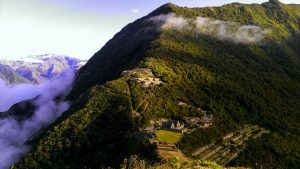
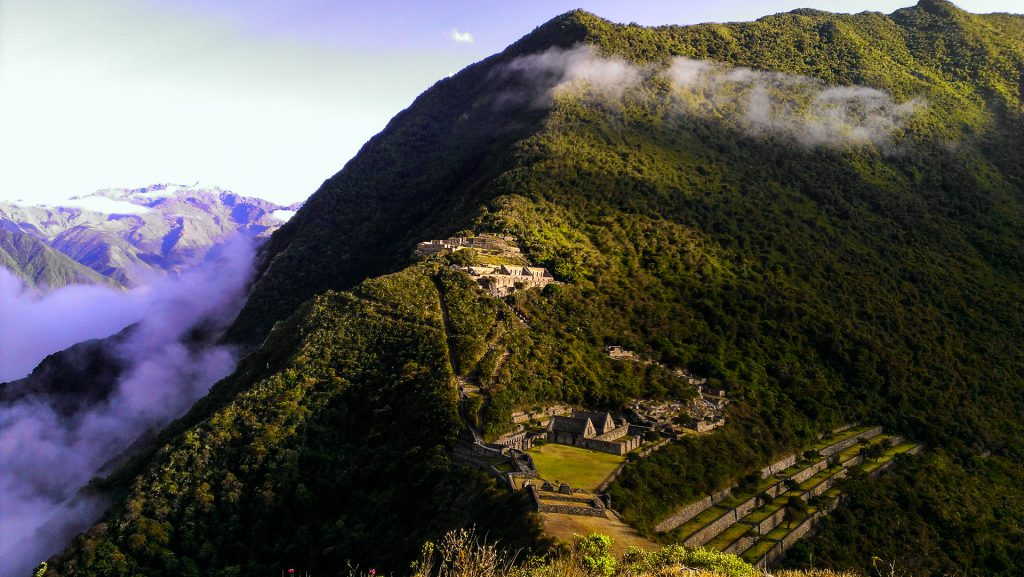
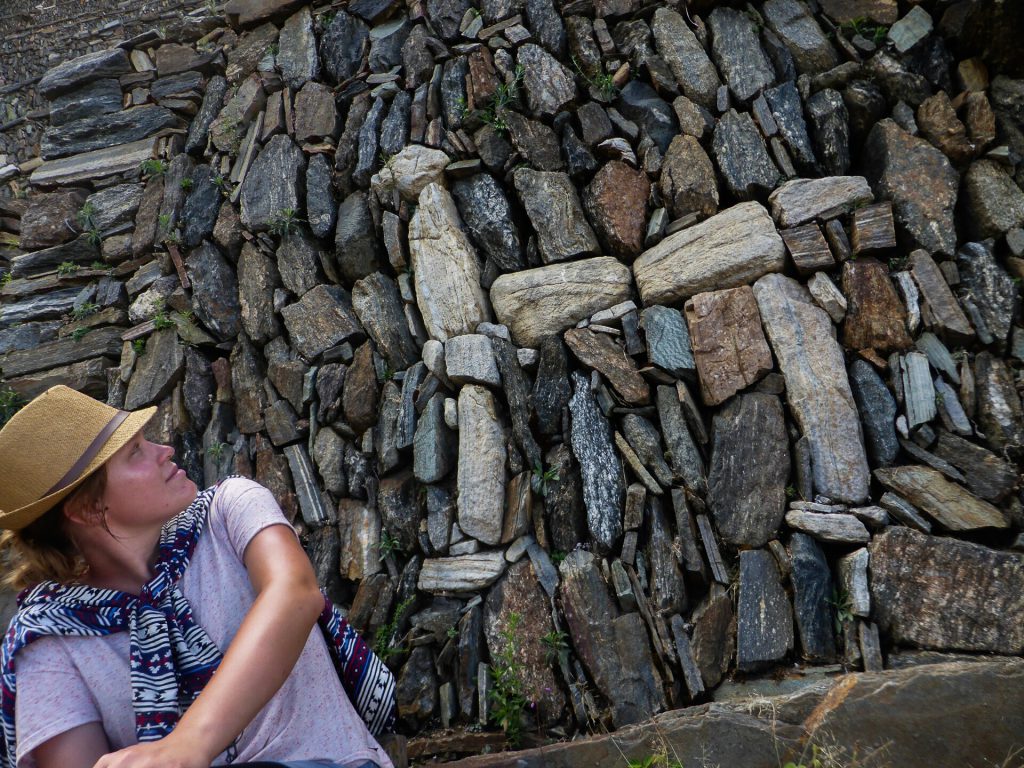
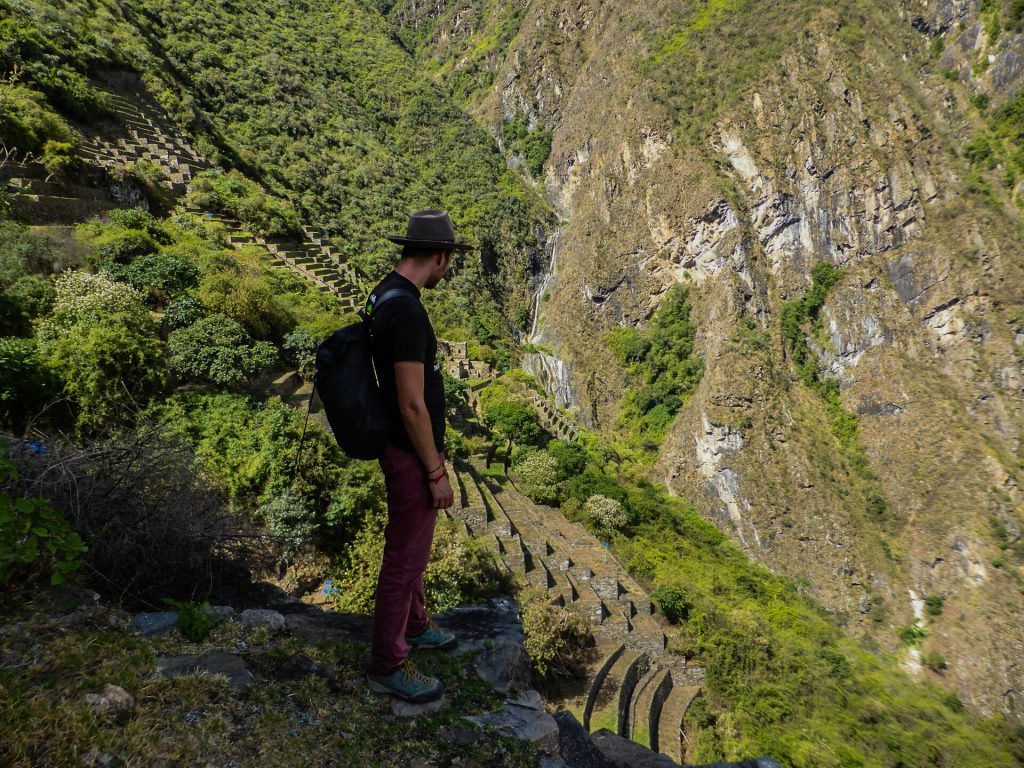
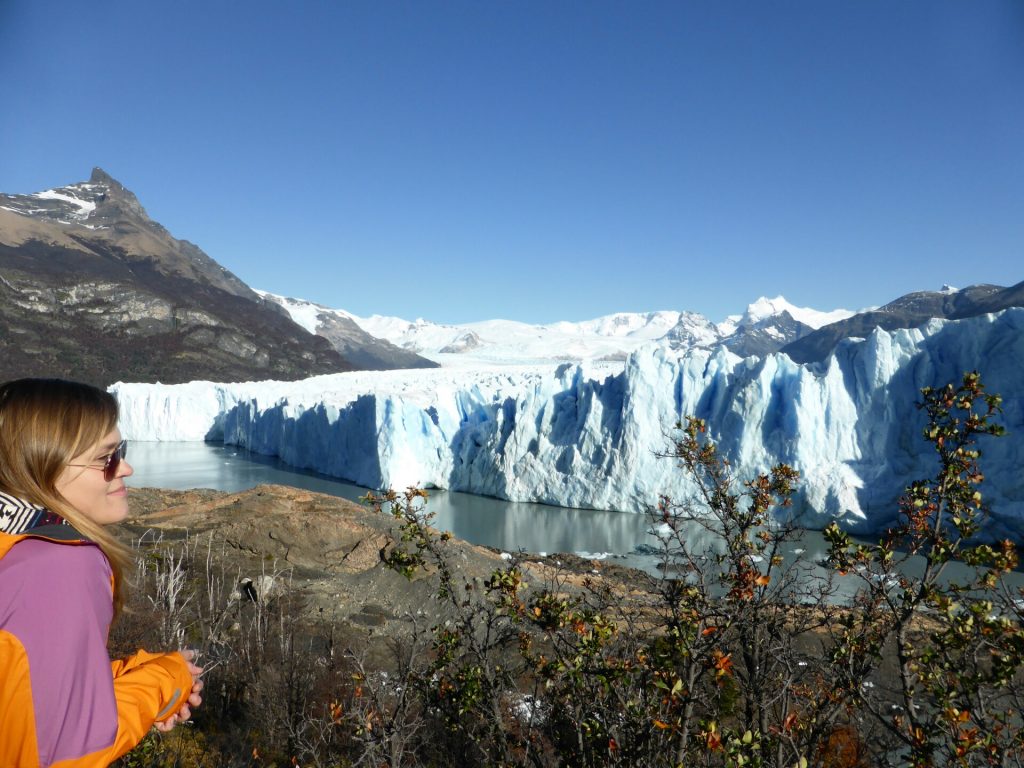
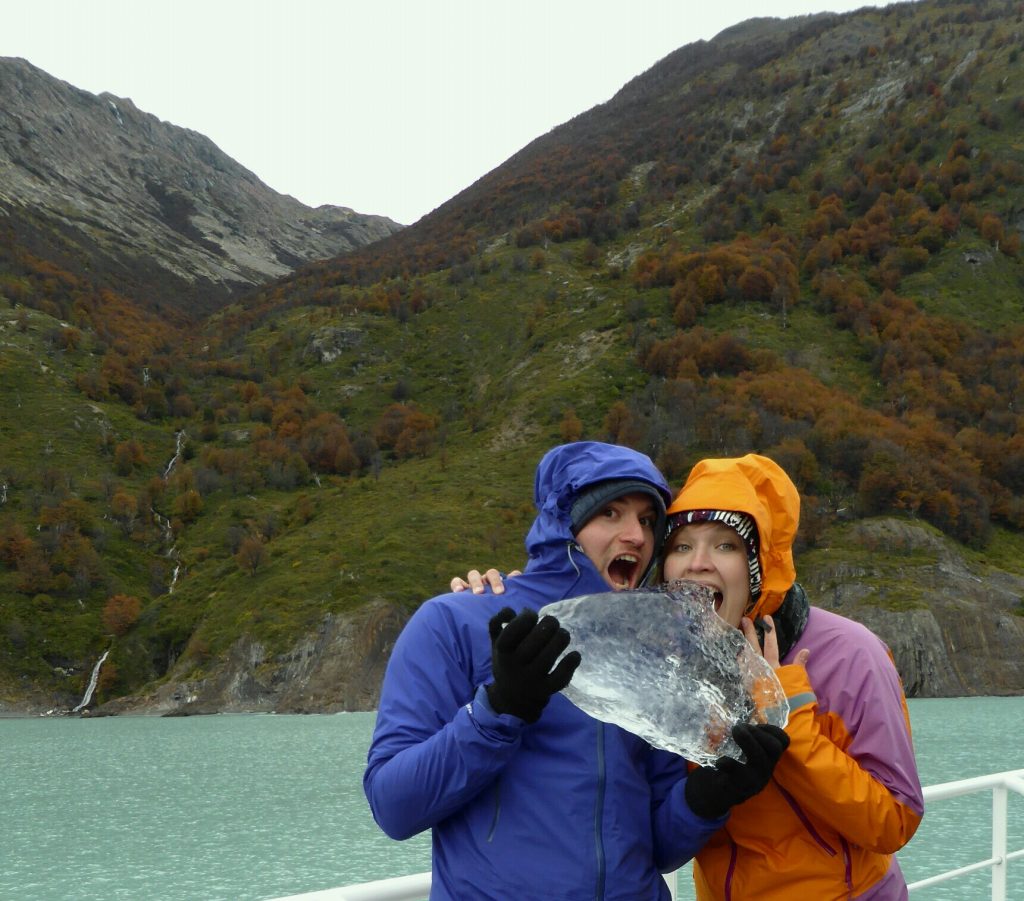
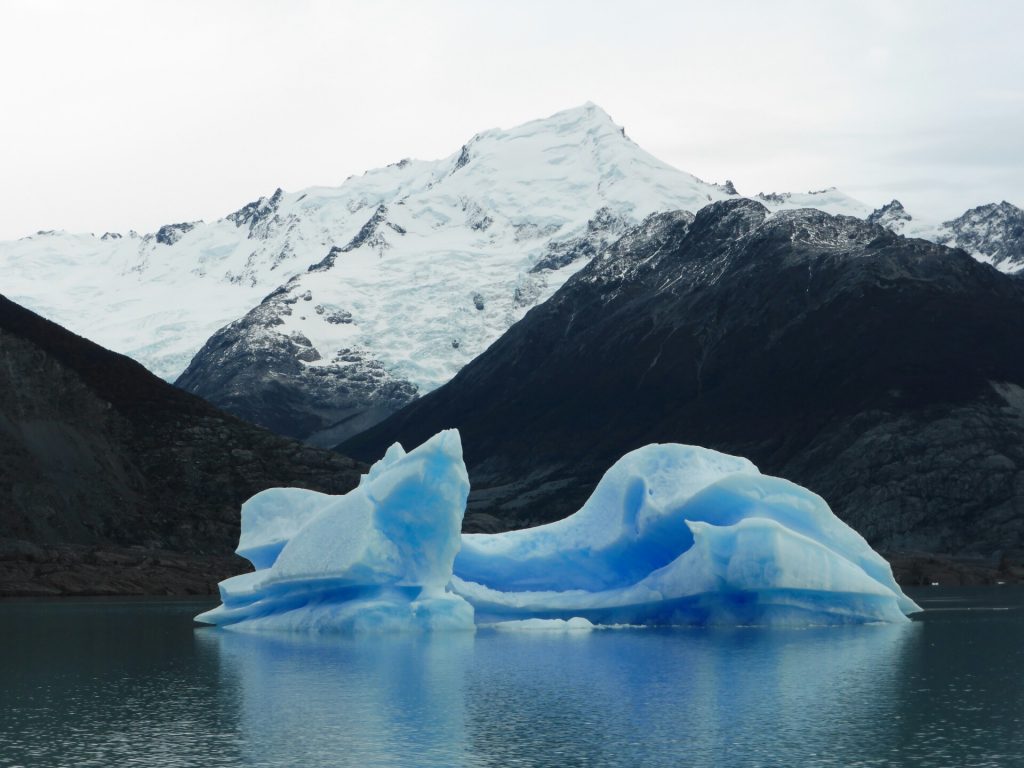
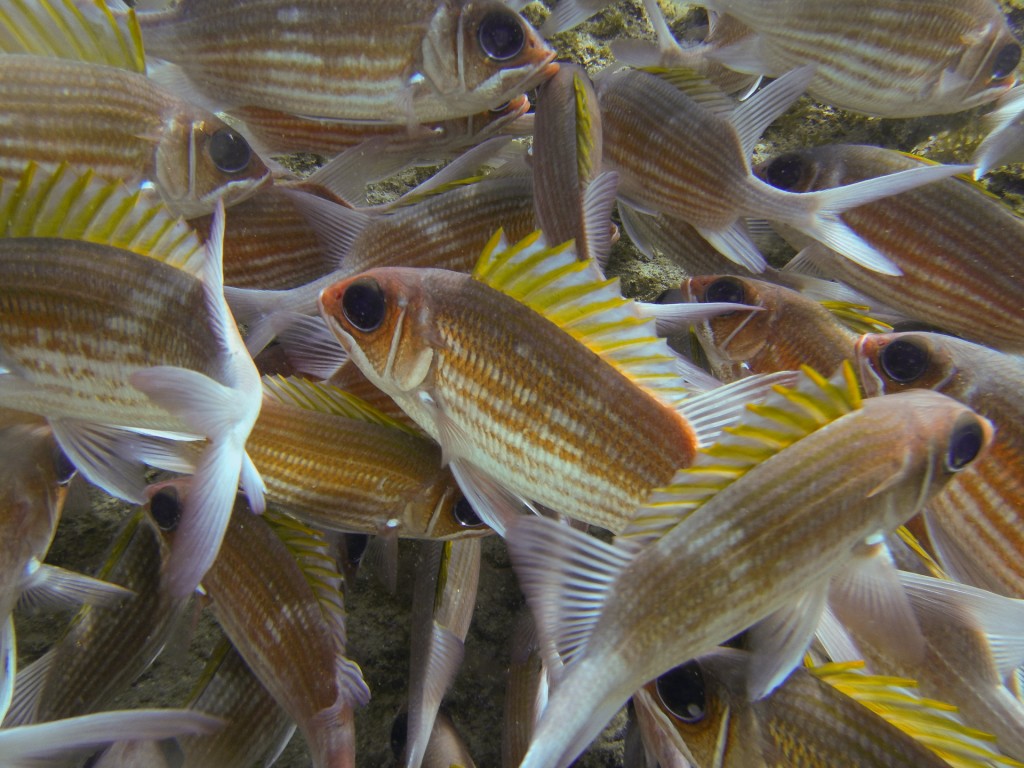
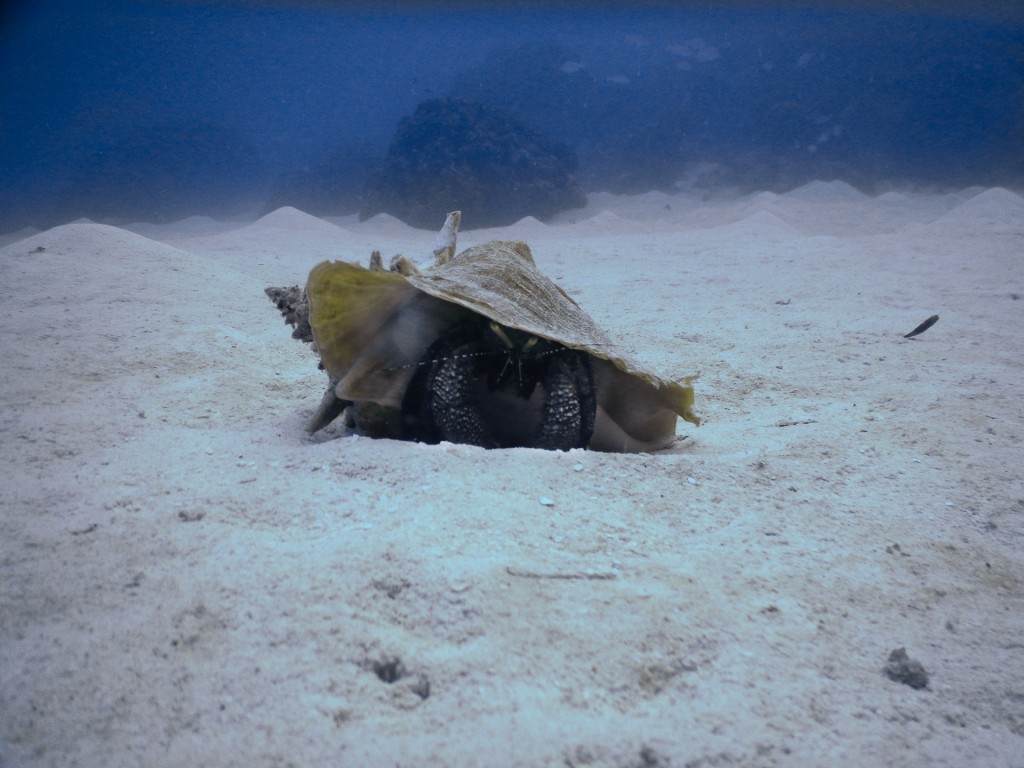
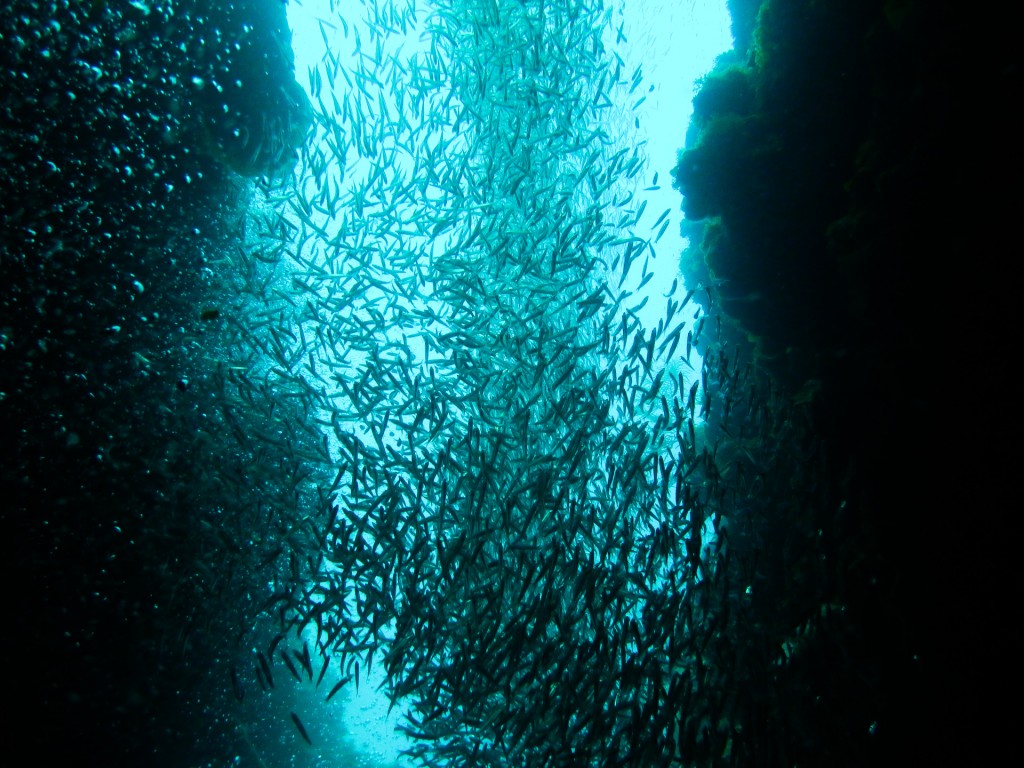
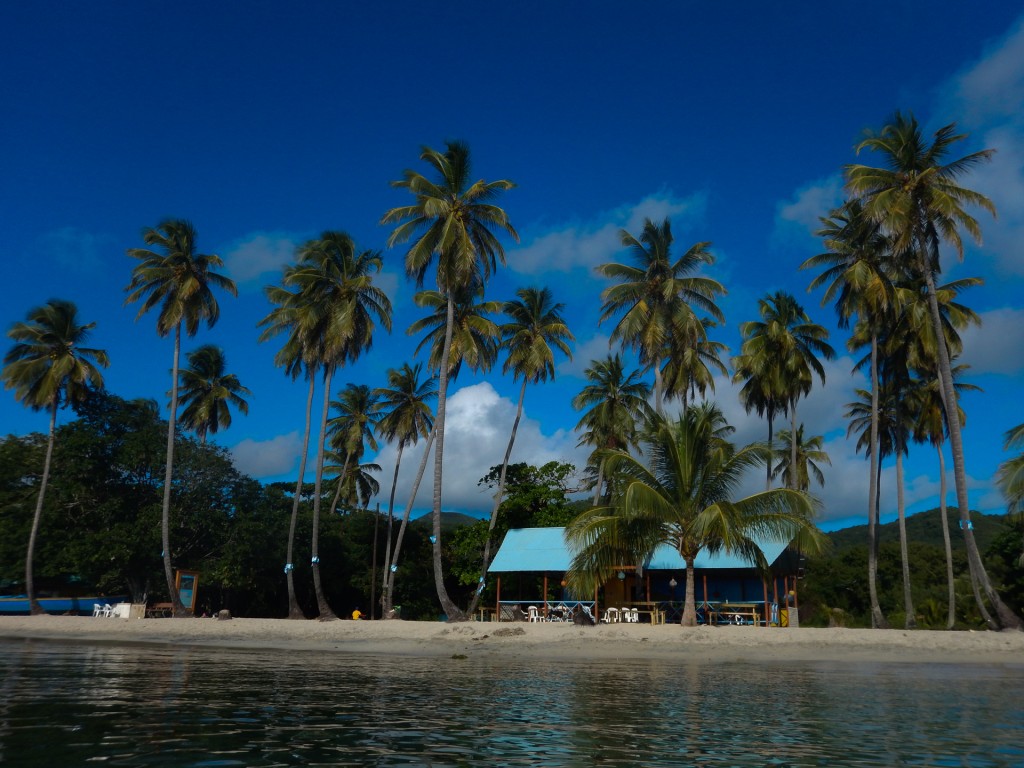
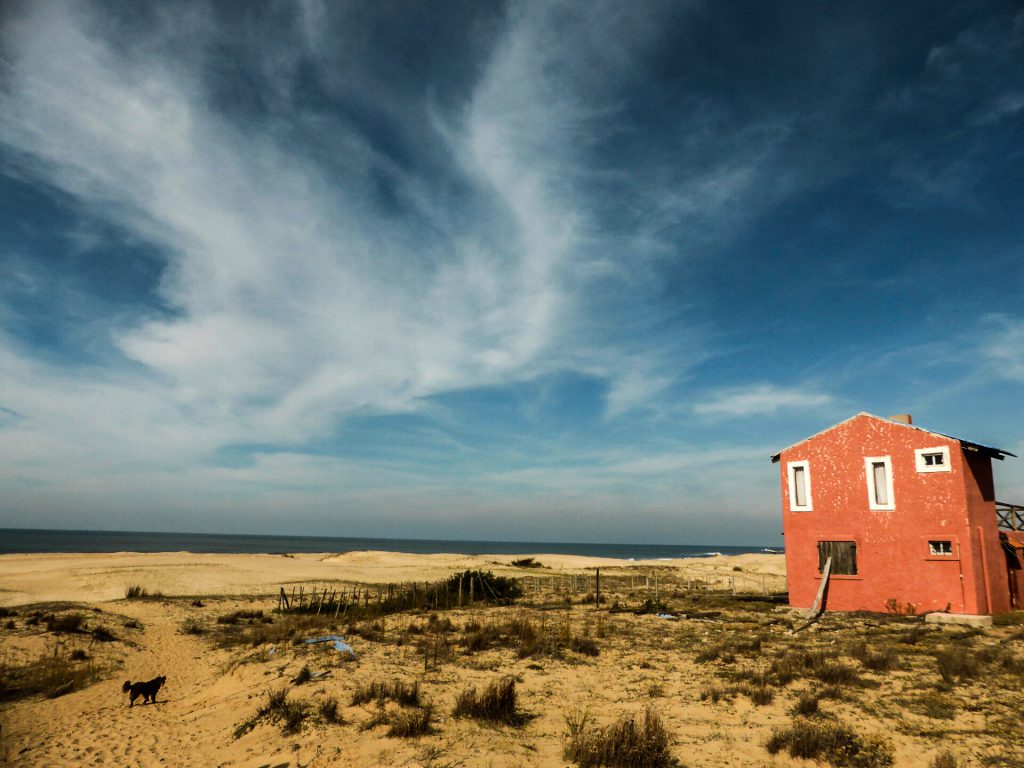
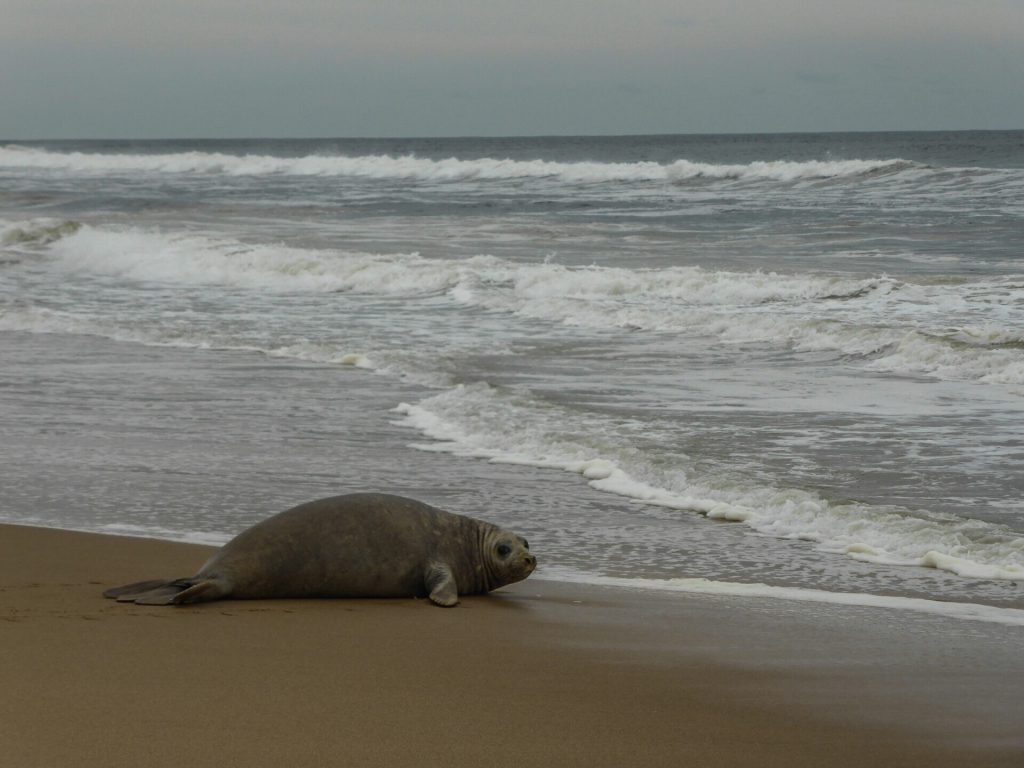
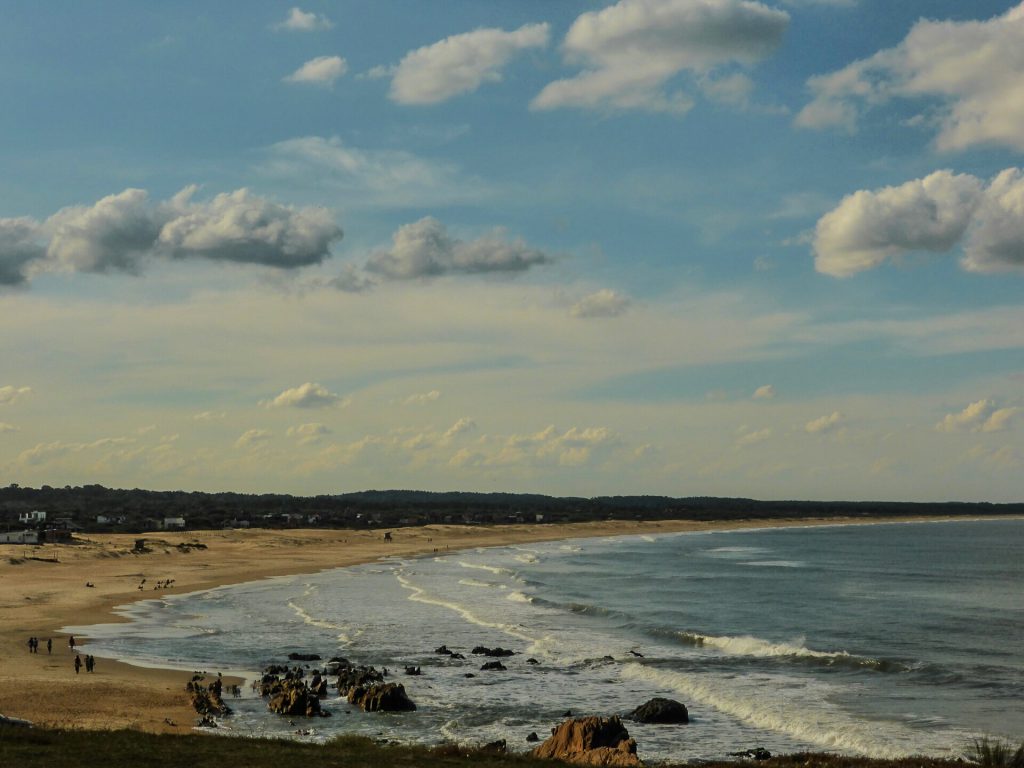
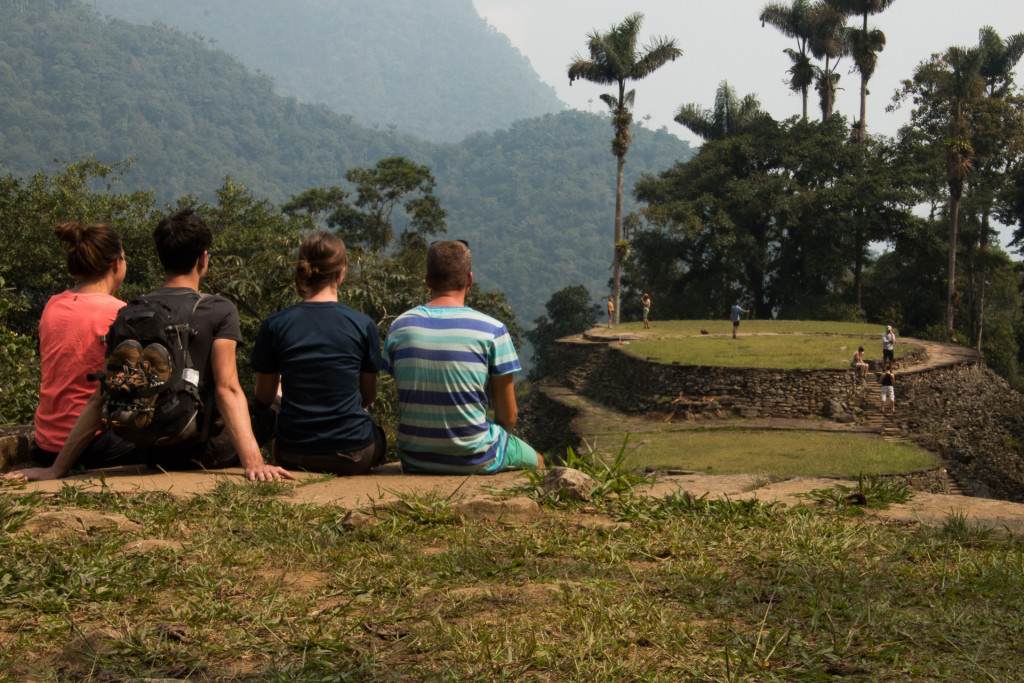
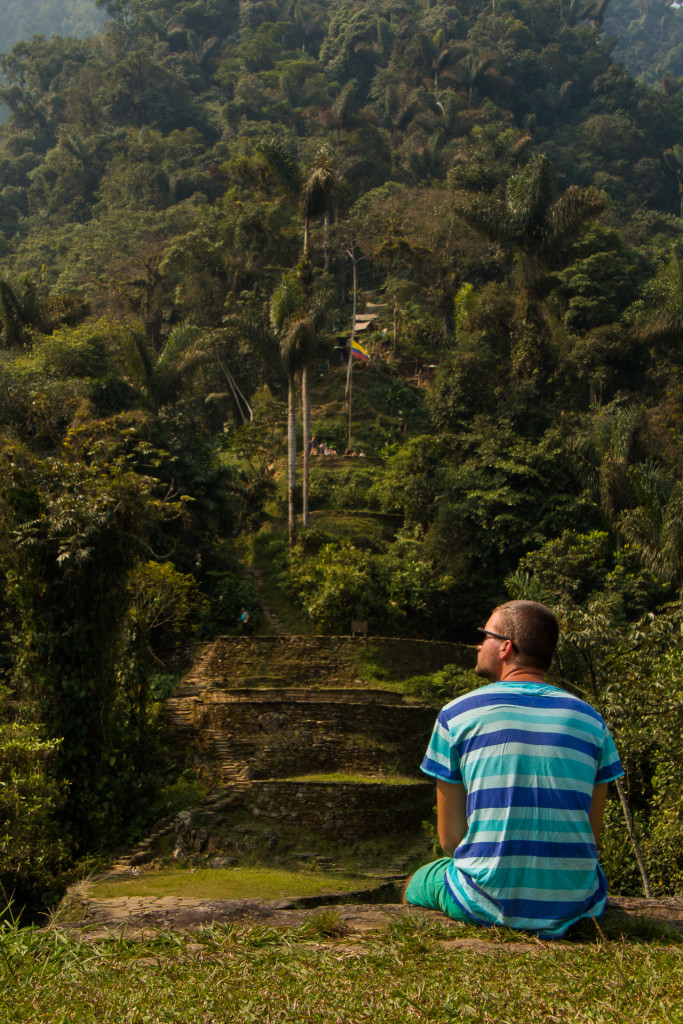
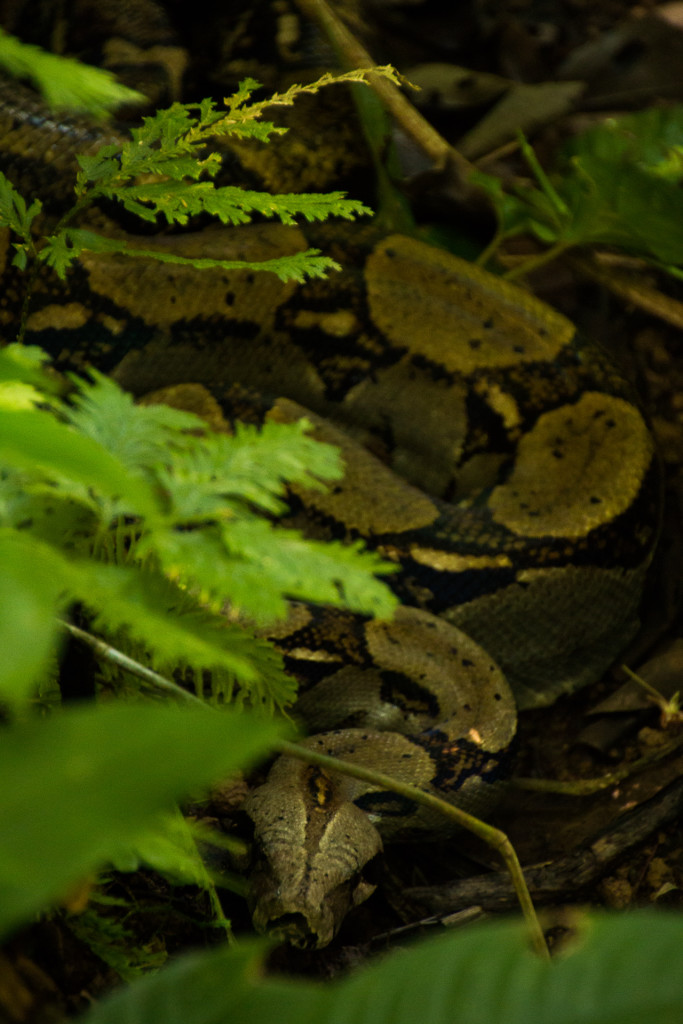
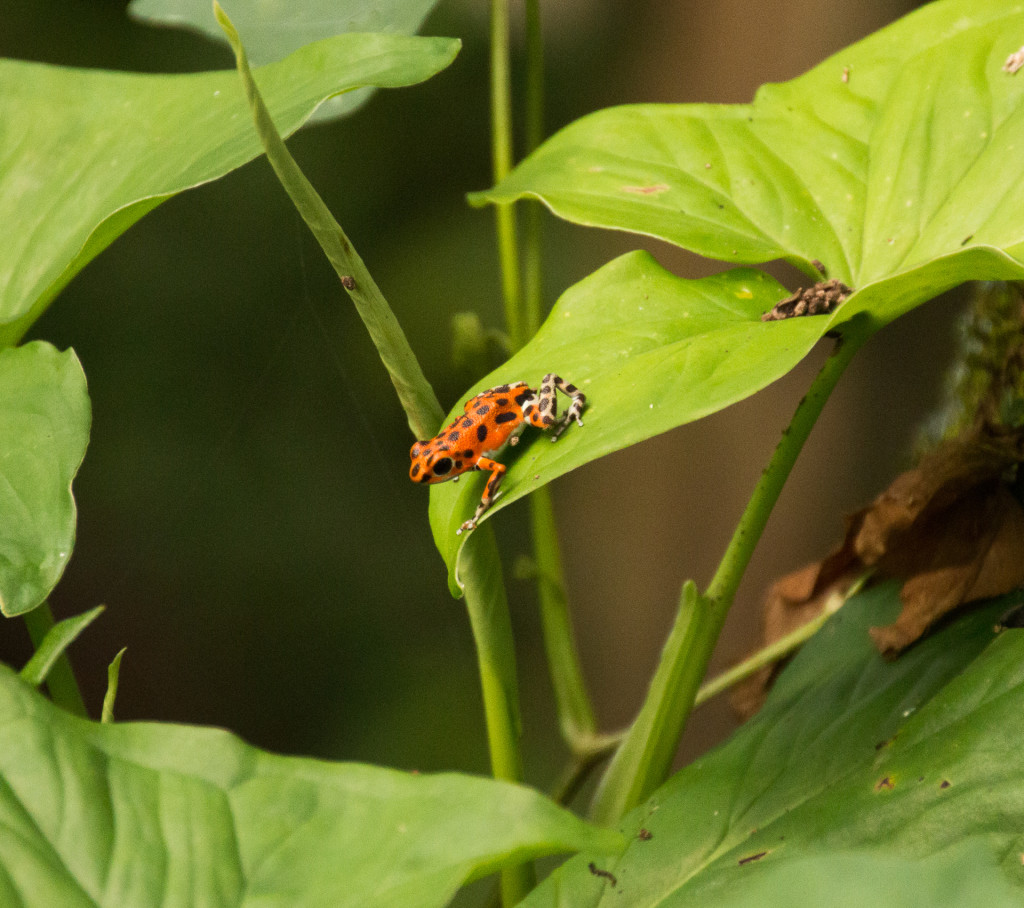
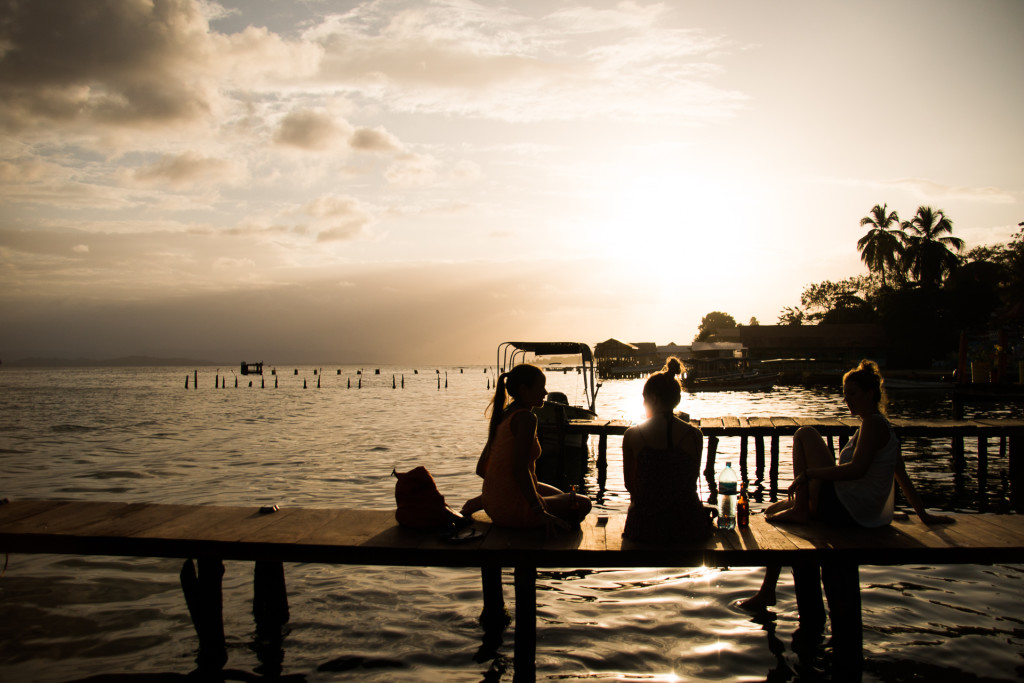
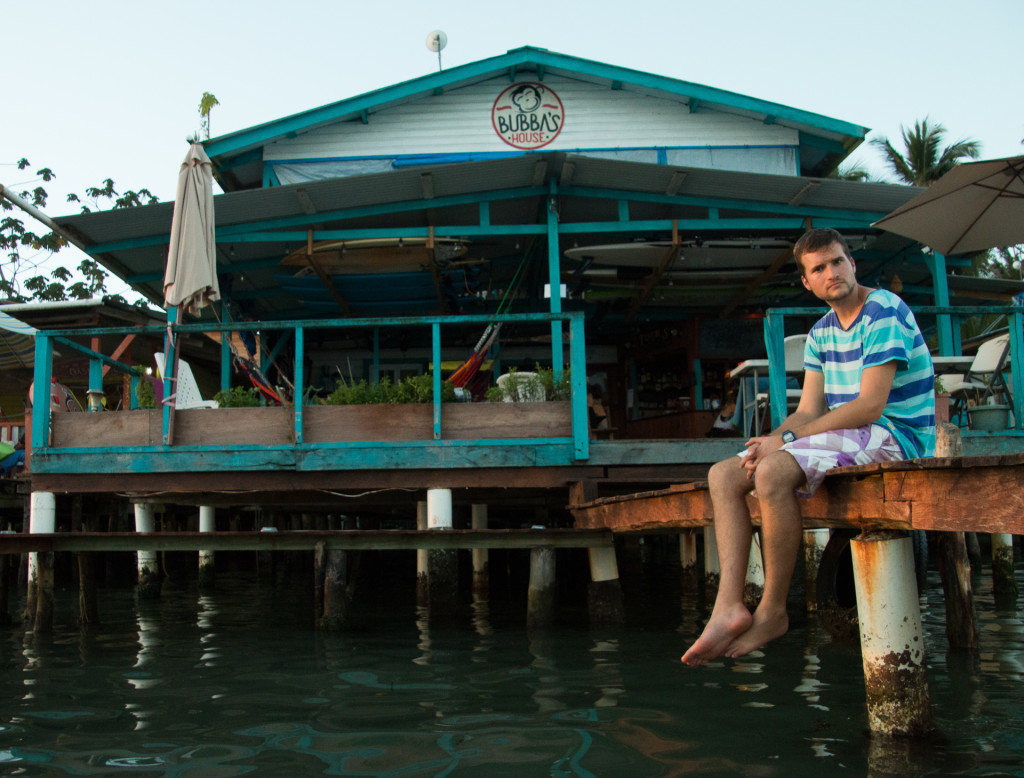
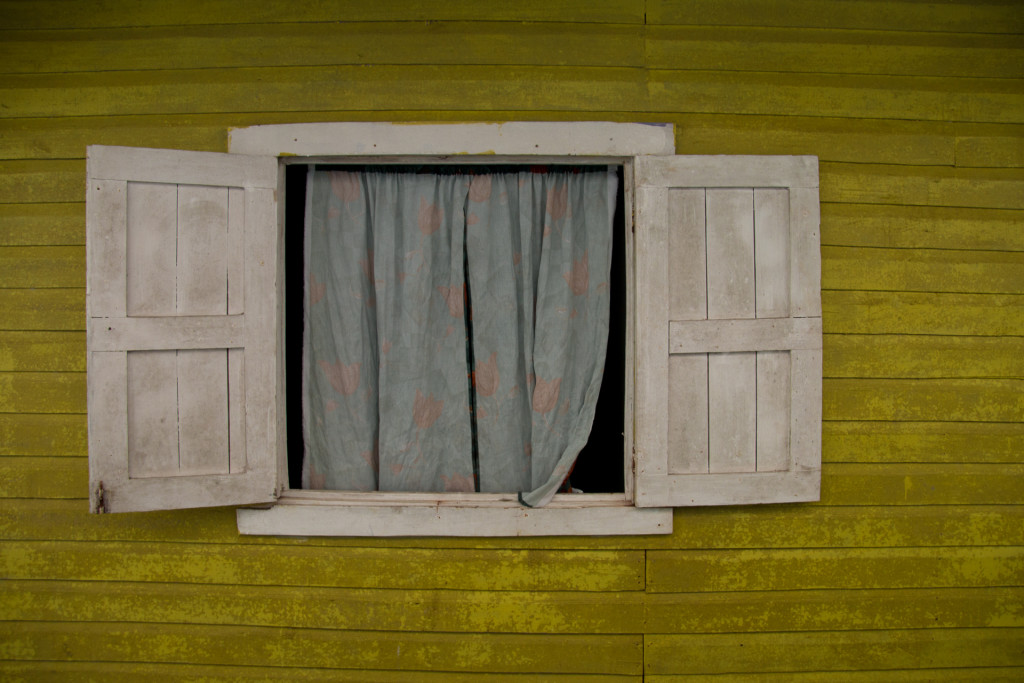
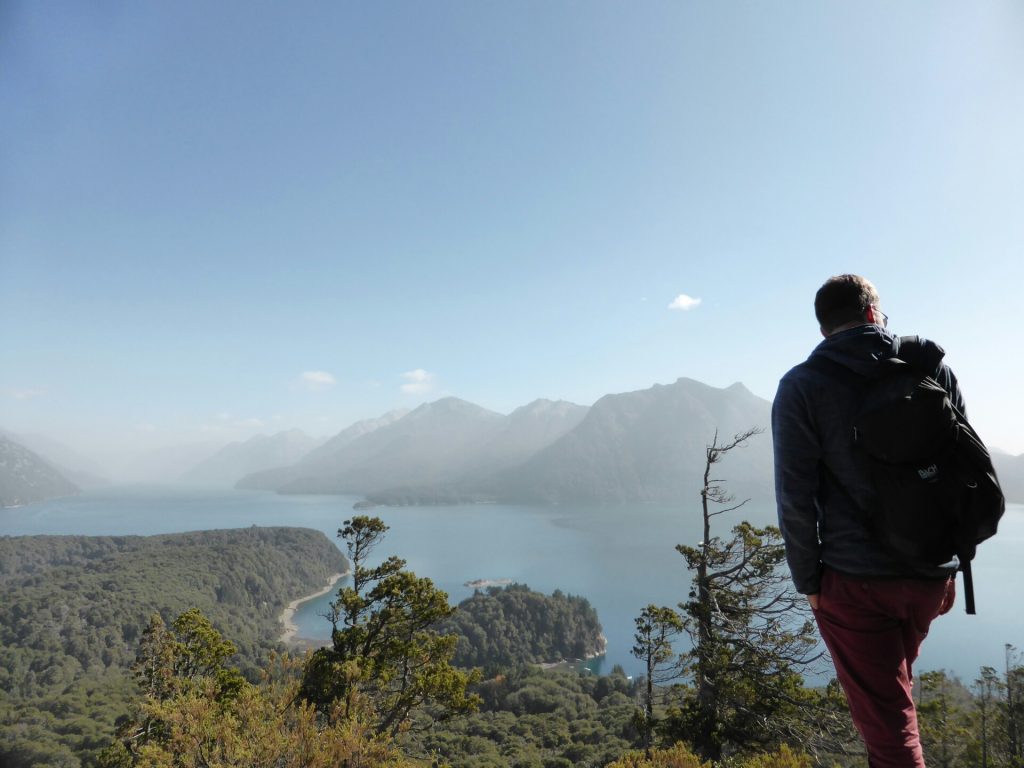
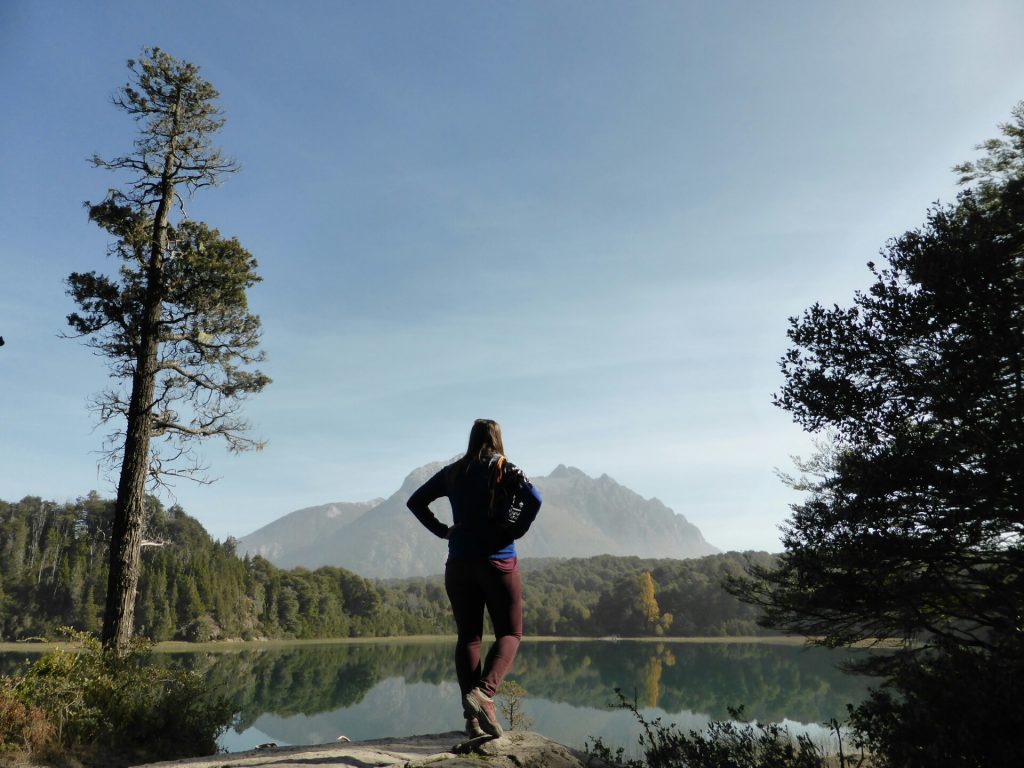
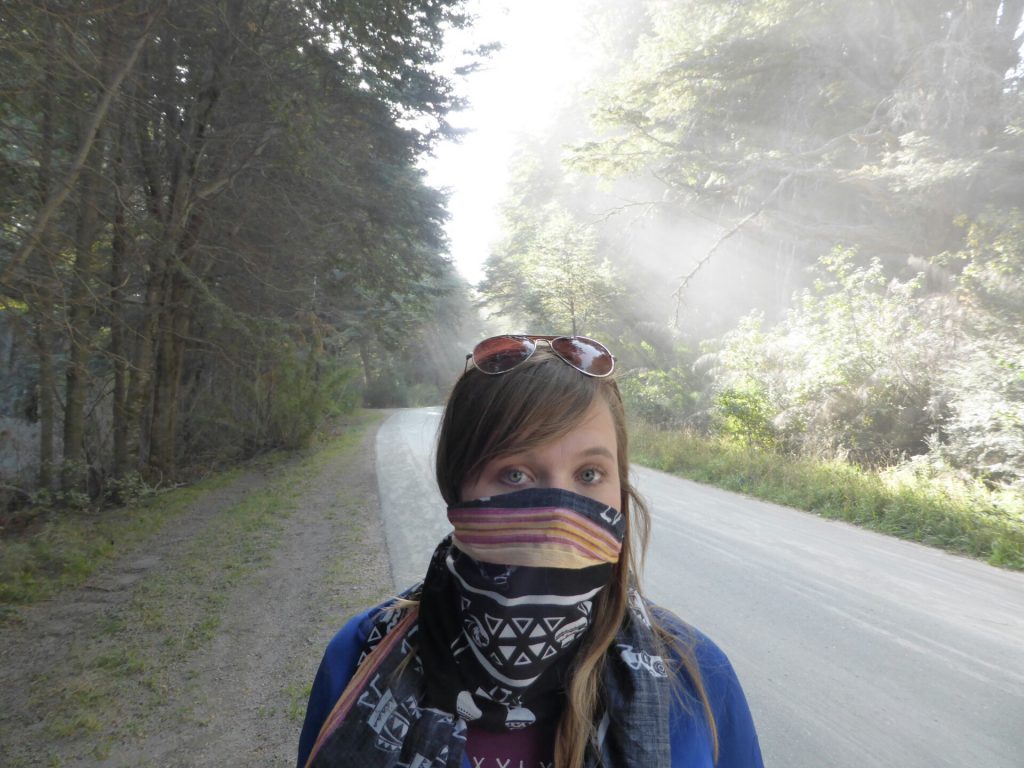
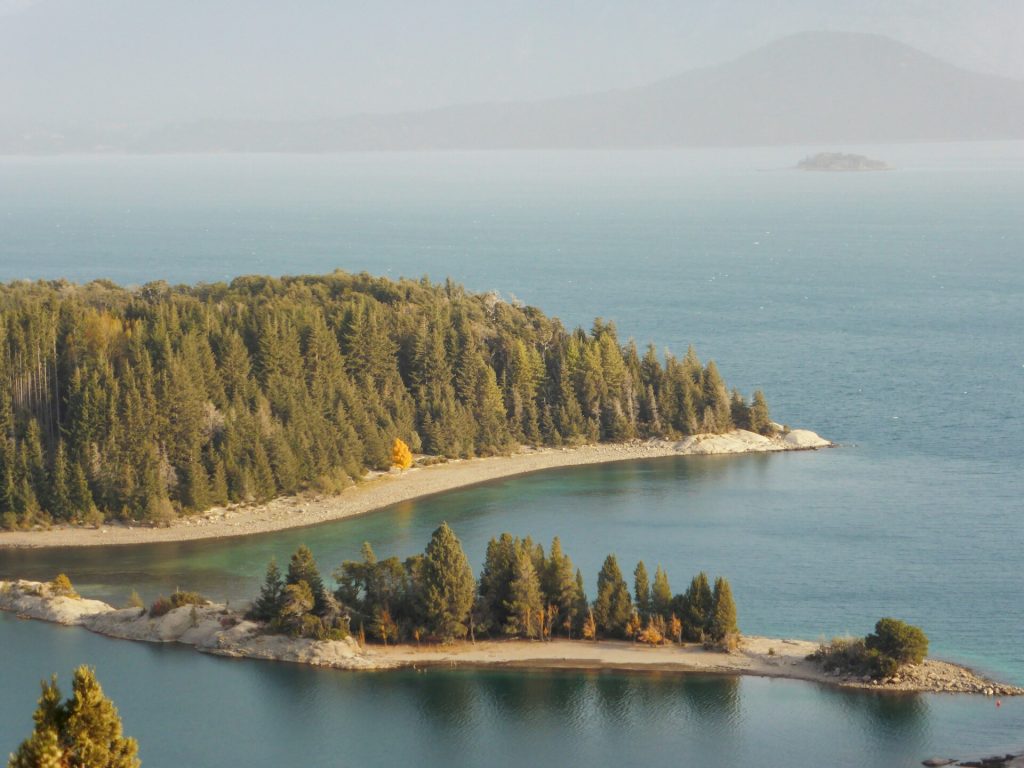
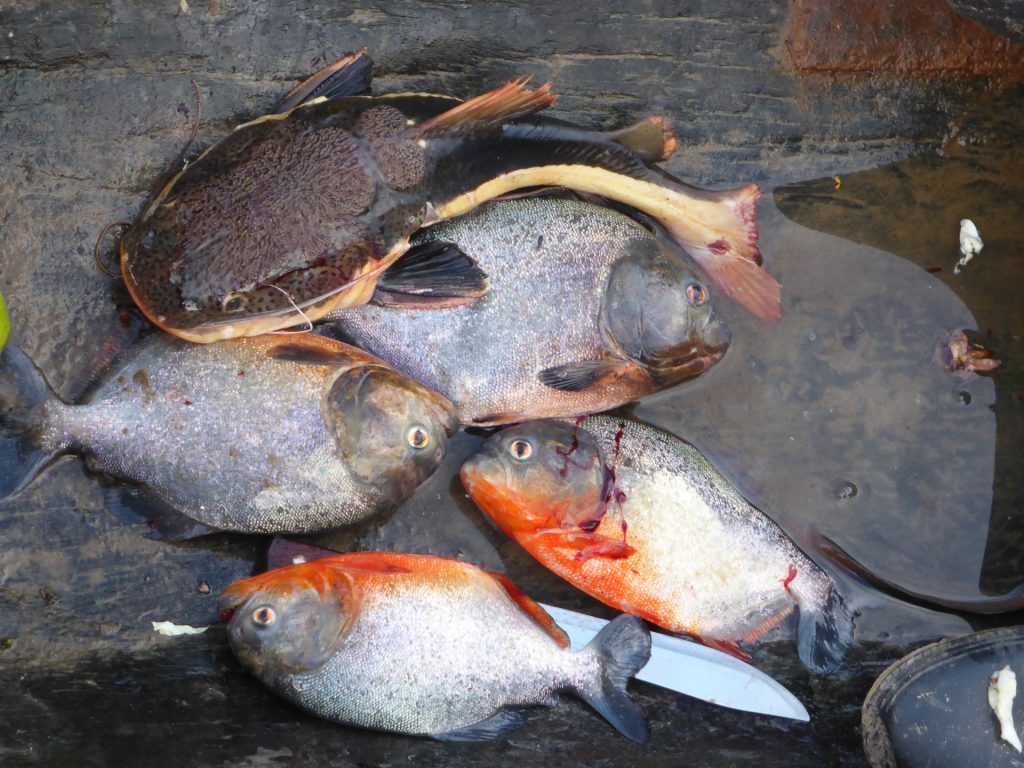
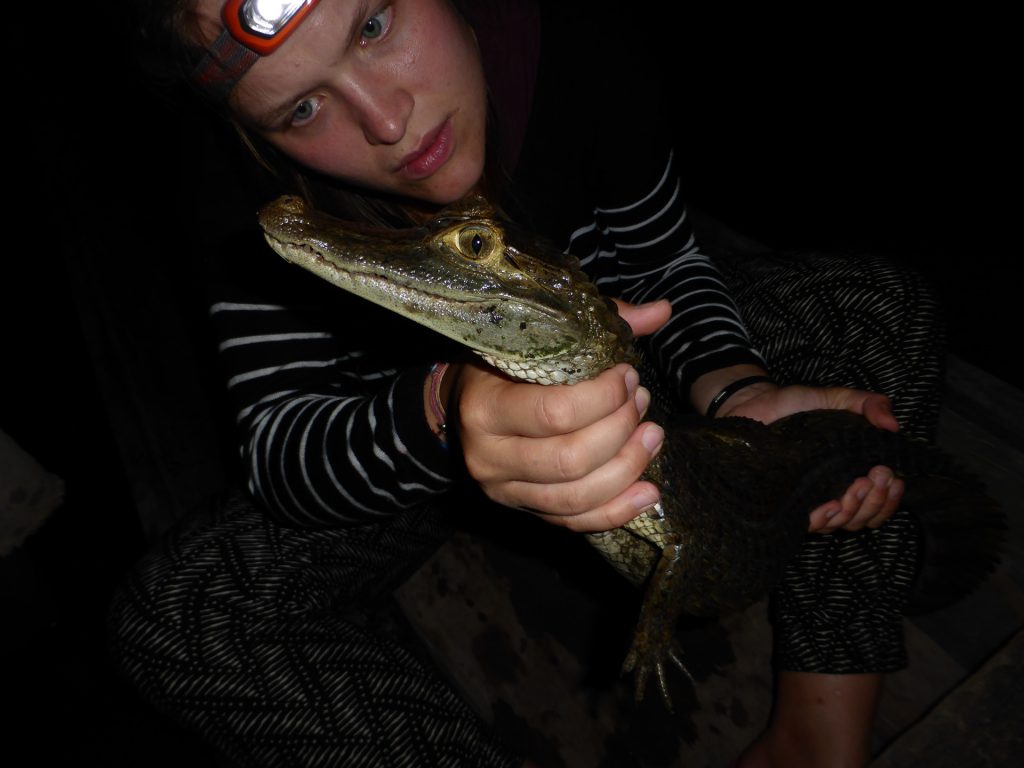
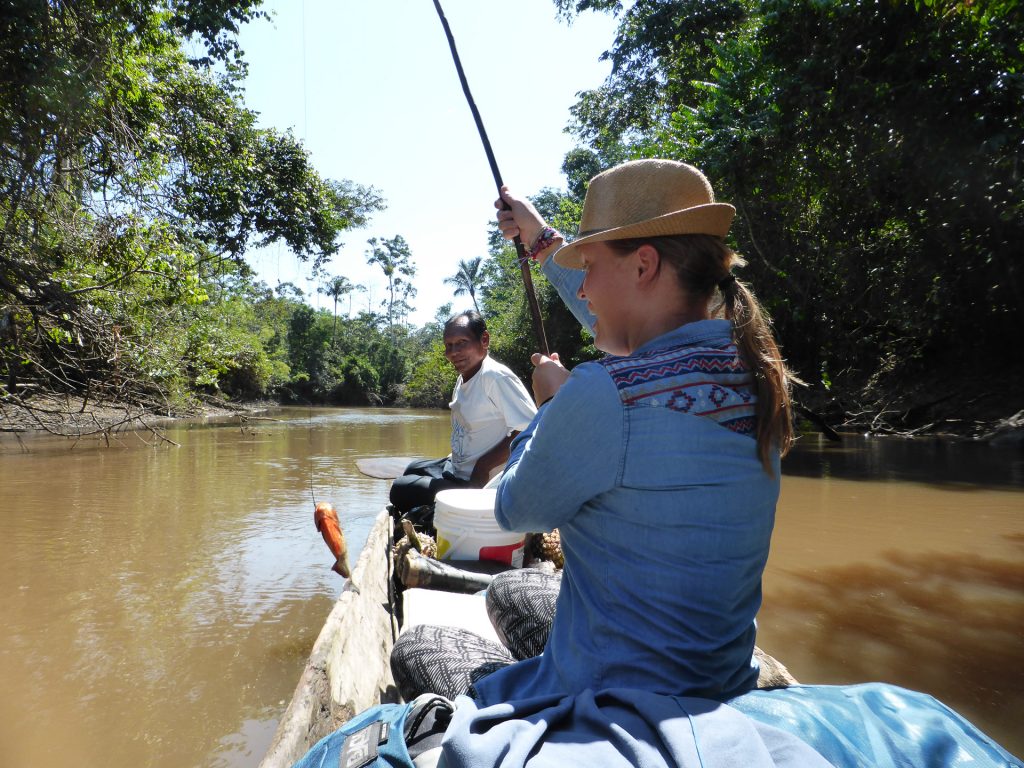
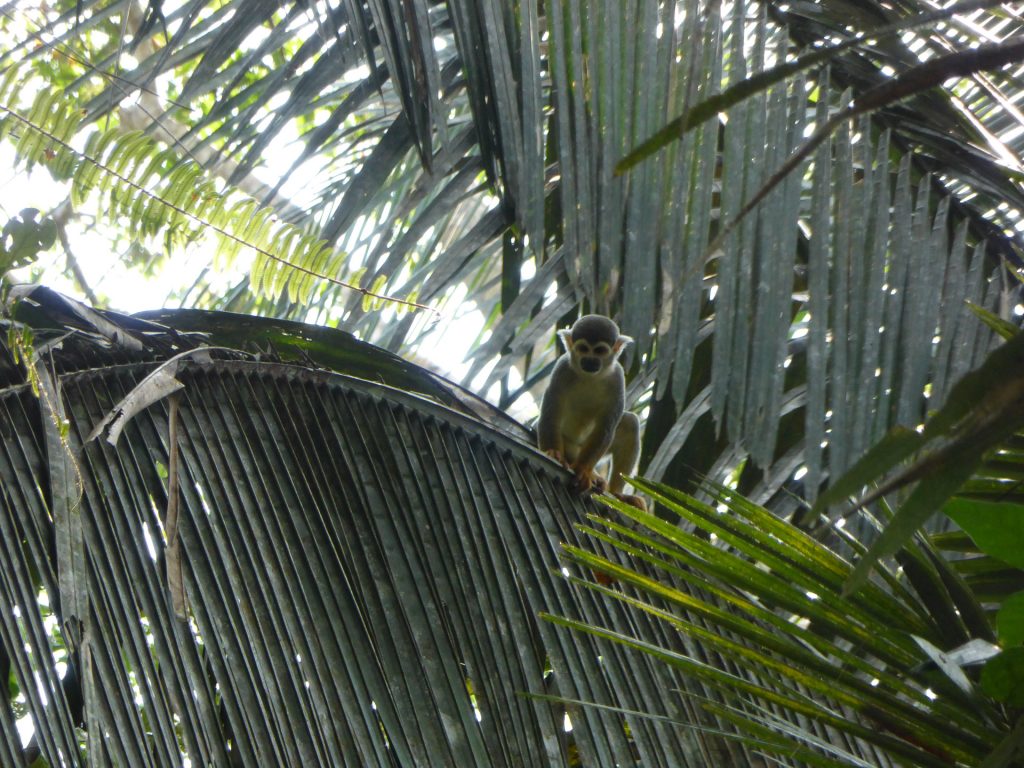
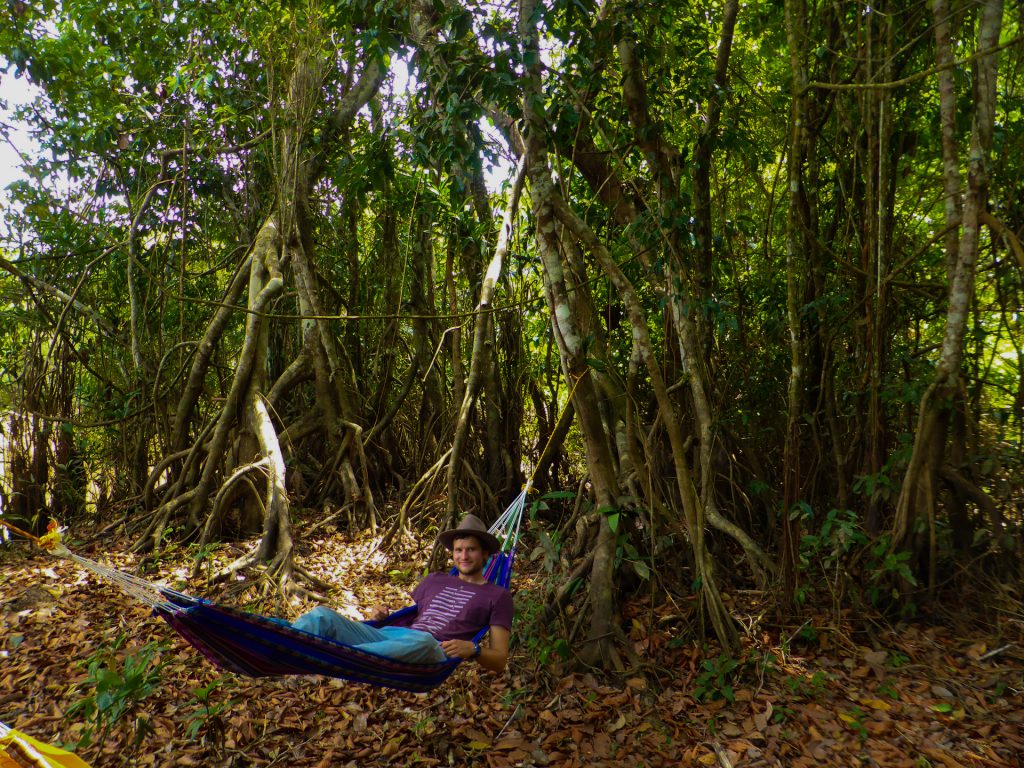
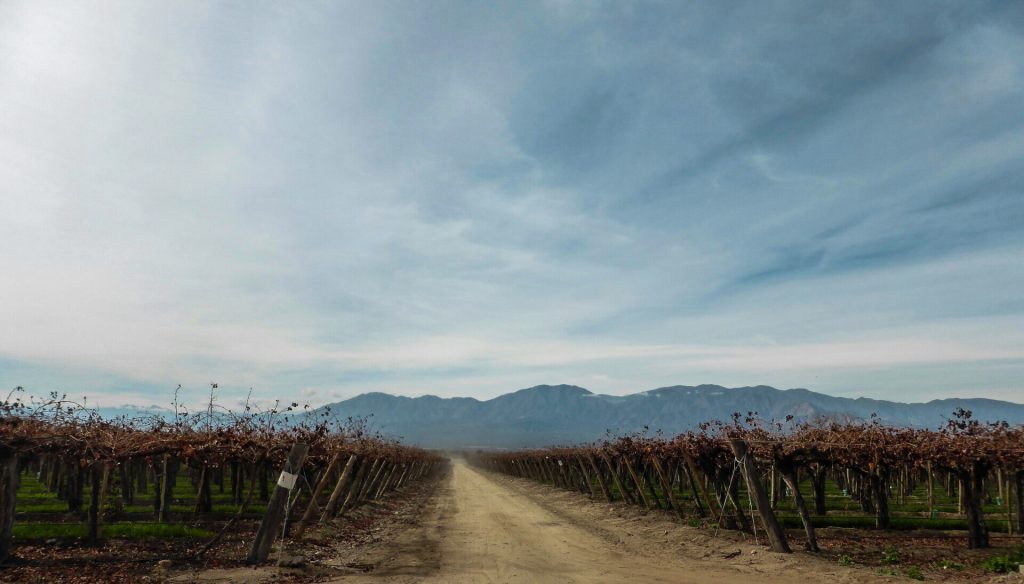
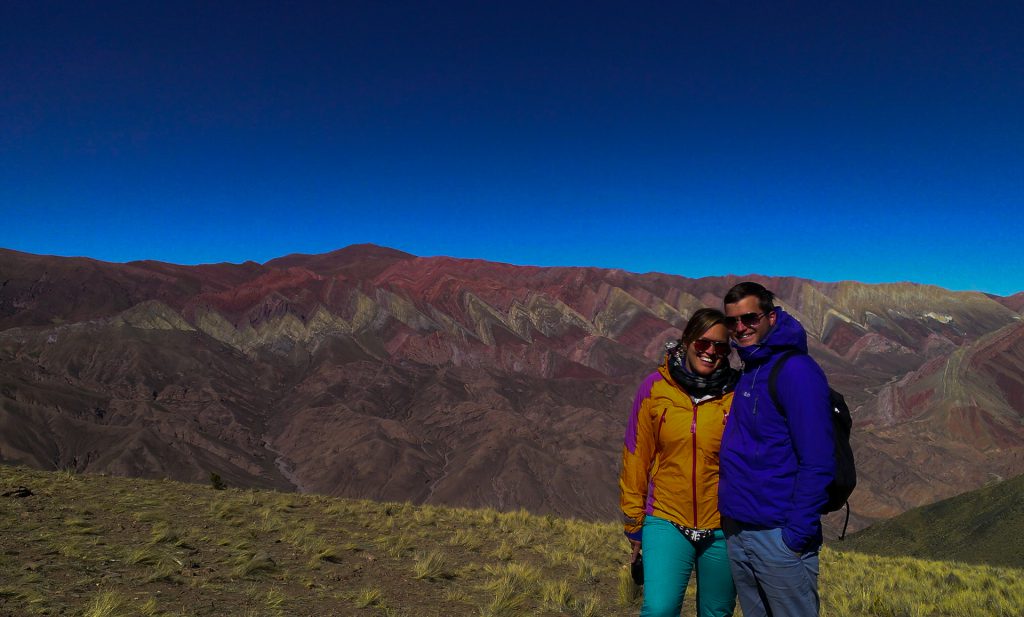
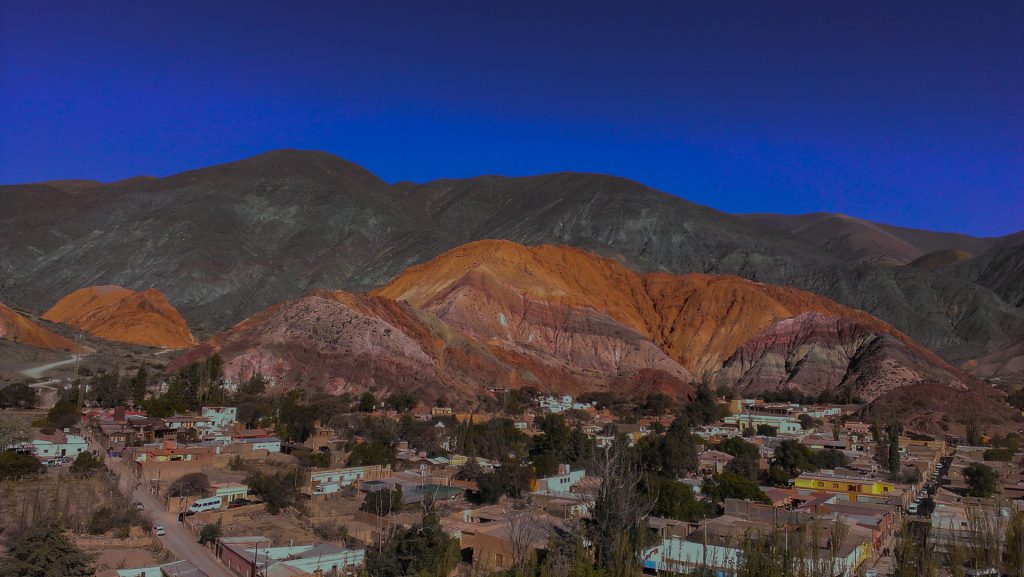
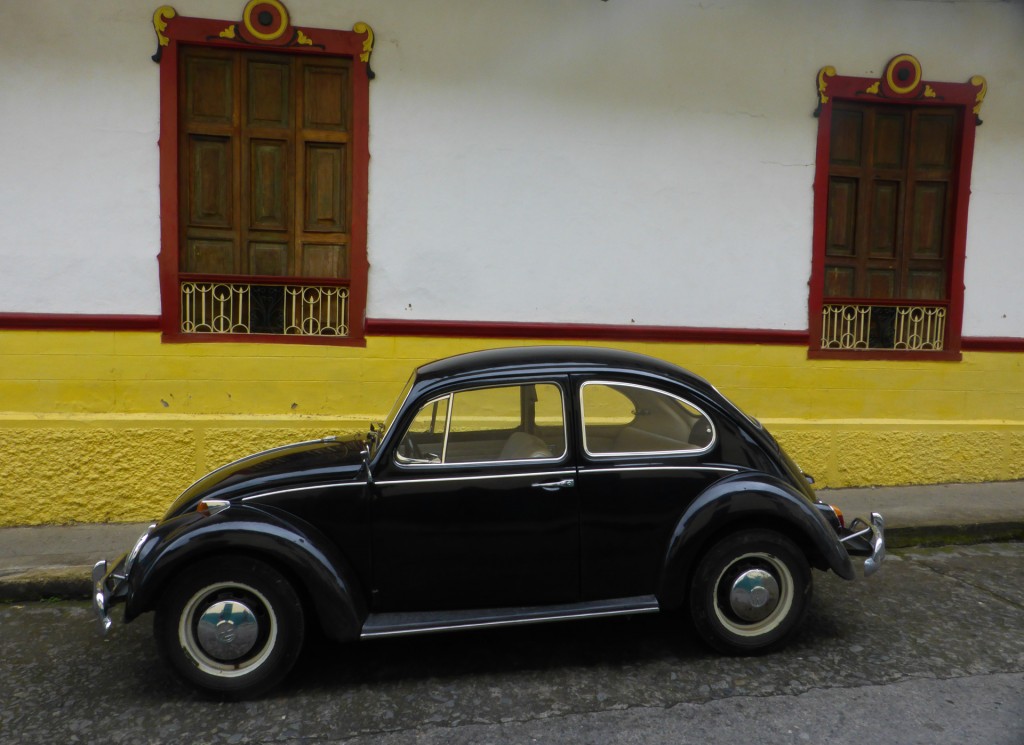
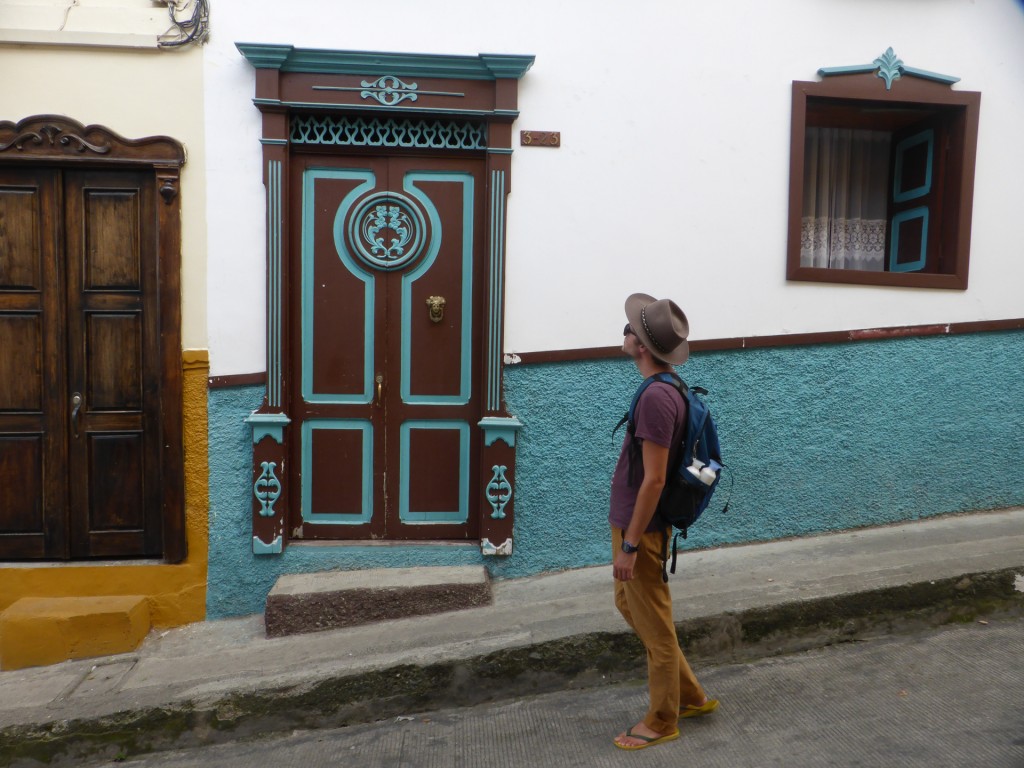
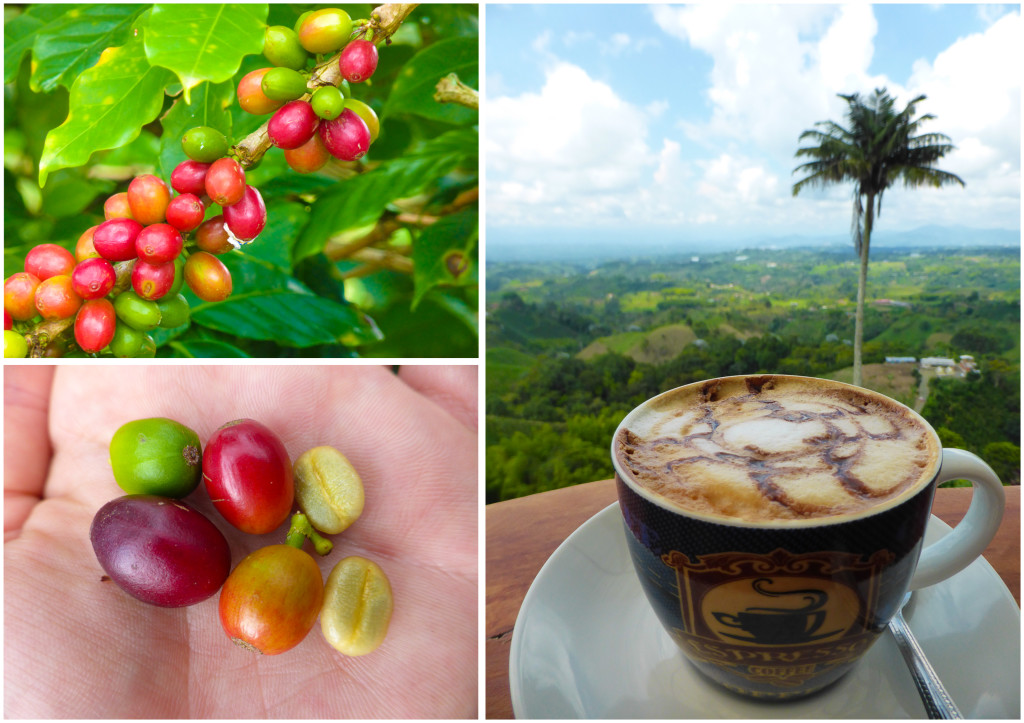
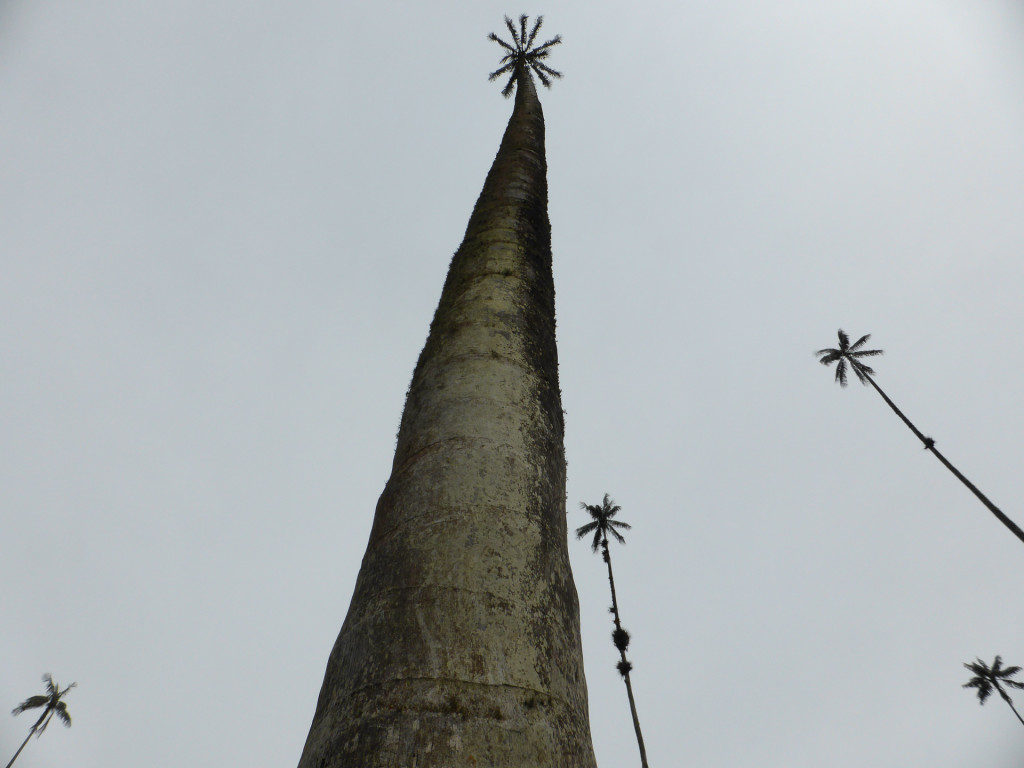
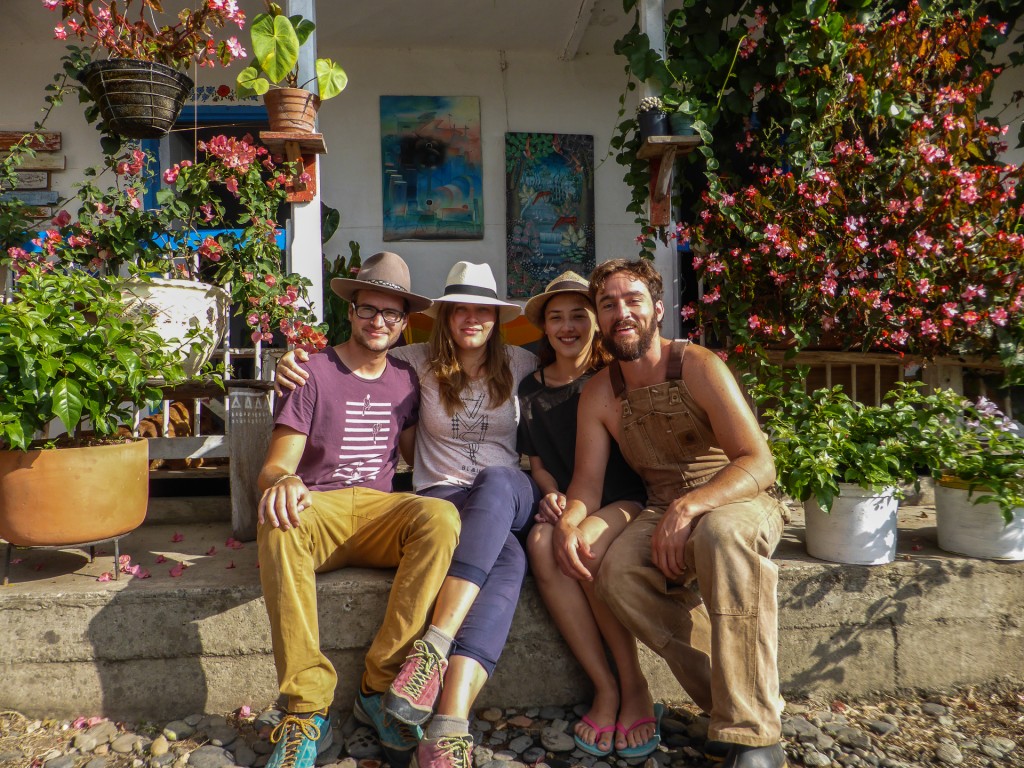
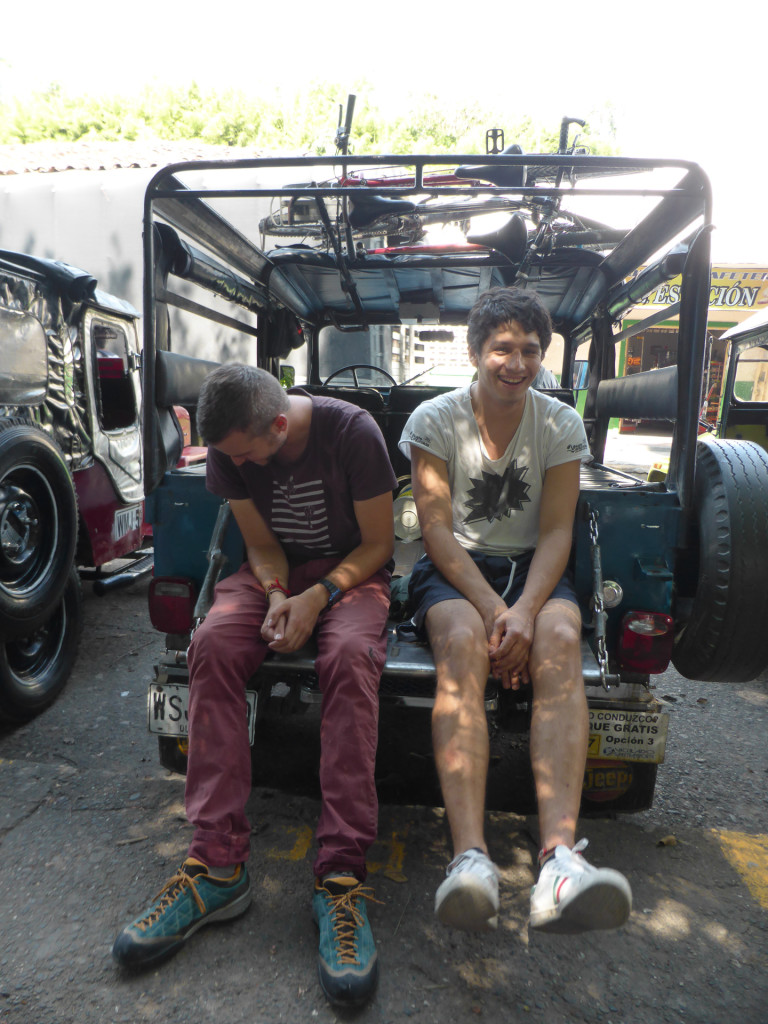
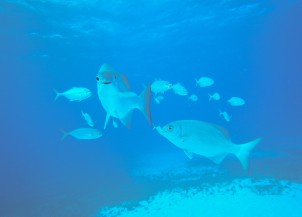
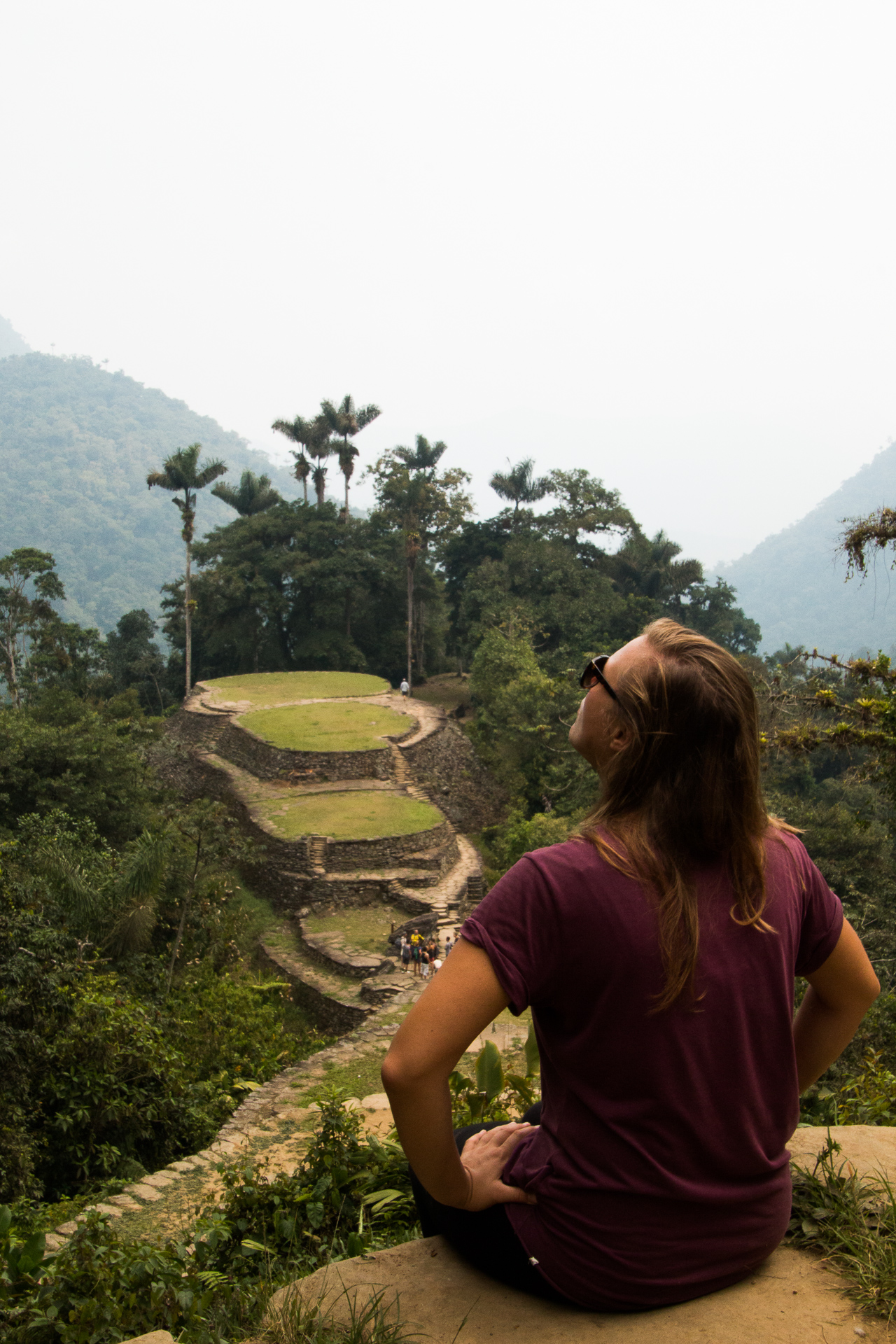

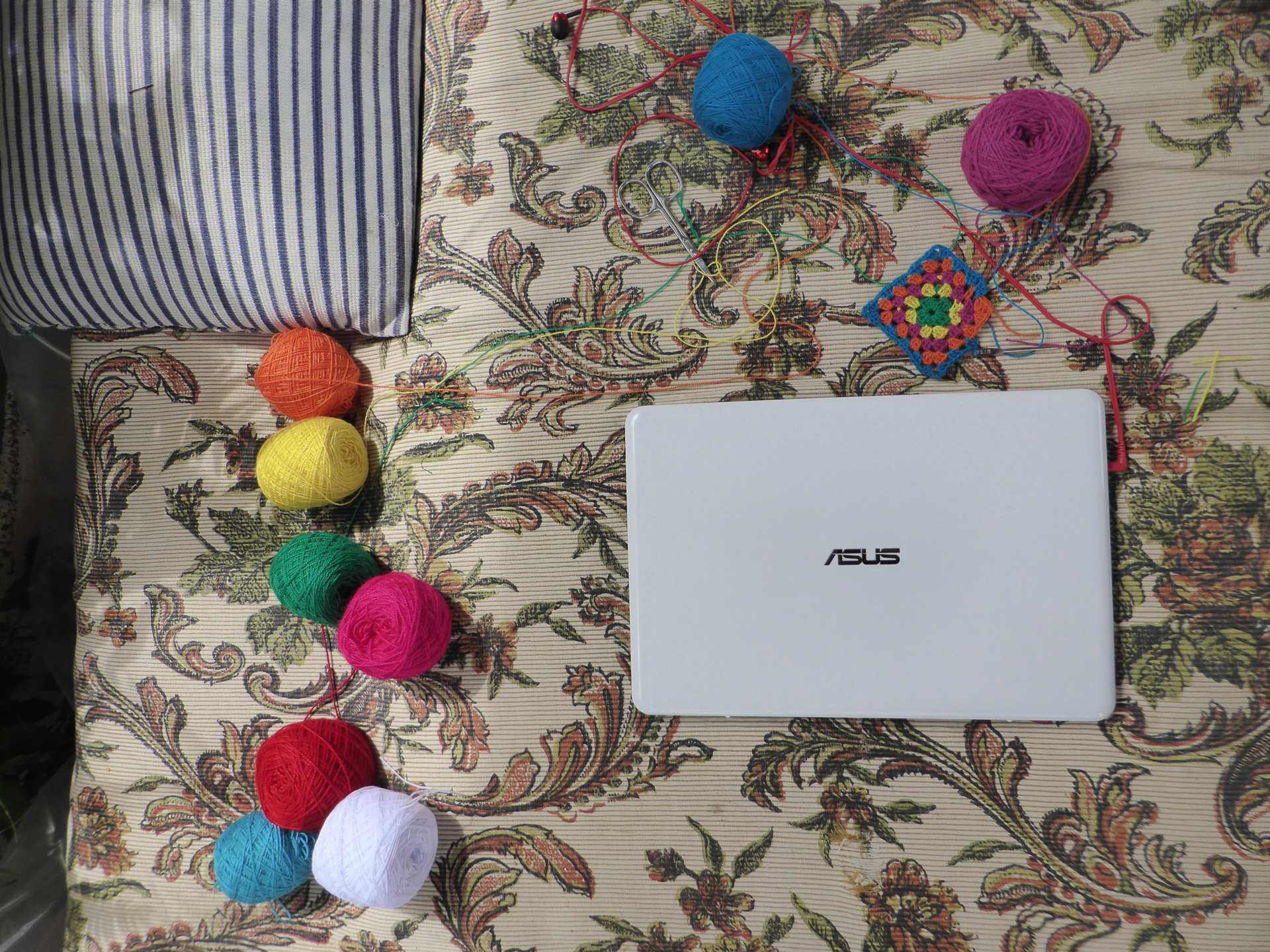
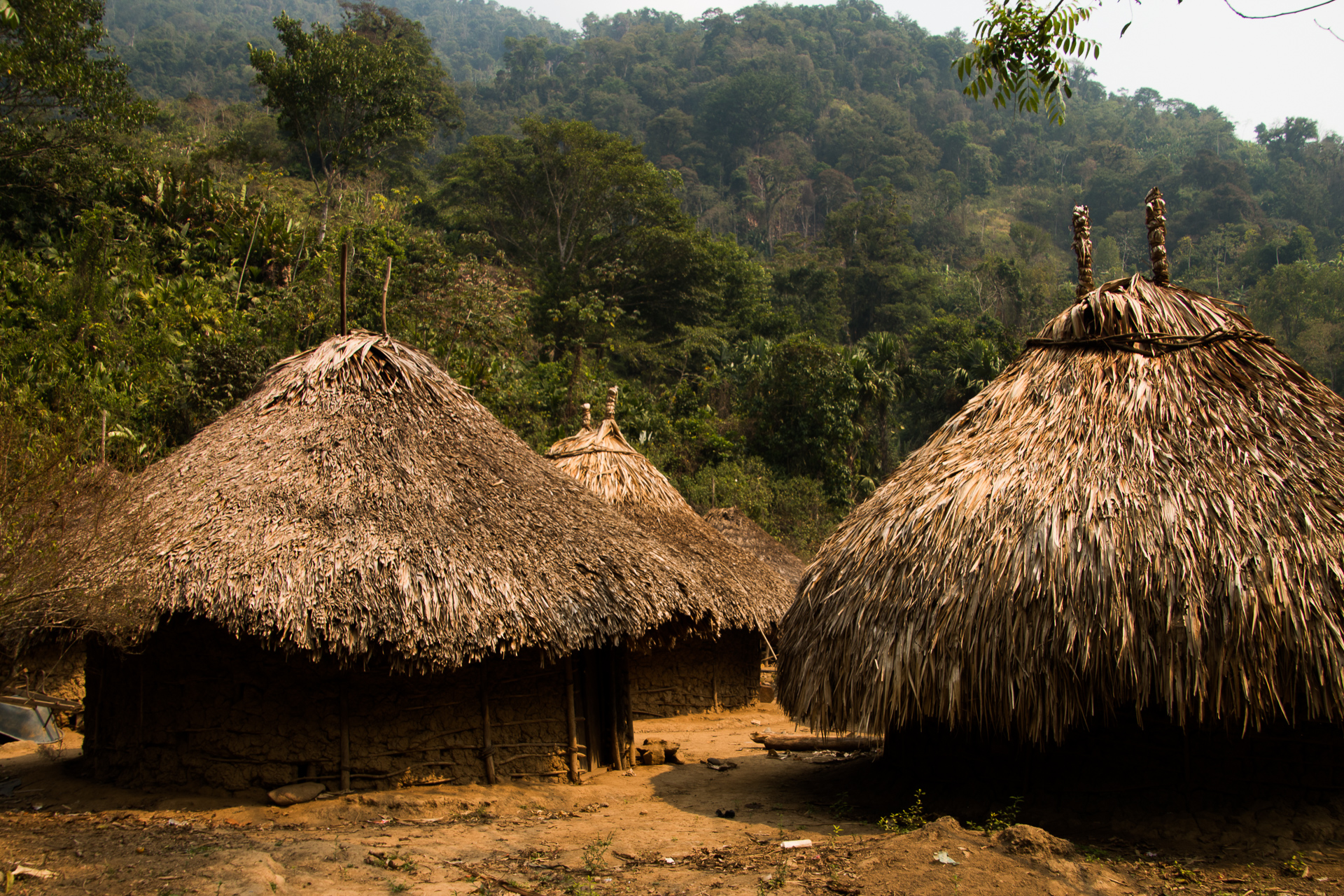
 So it's hard to say how much of their tradition is still really alive. Along the way we heard about other Kogis communities living higher in the mountains, that are isolated from the foreign money and culture but since we haven't seen them, we can't judge.
So it's hard to say how much of their tradition is still really alive. Along the way we heard about other Kogis communities living higher in the mountains, that are isolated from the foreign money and culture but since we haven't seen them, we can't judge. The ruins were just breathtaking!! Huge, stone constructions, arising from the jungle. I can imagine it was hidden and forgotten for so many years. And the mystical atmosphere surrounding it. We could hear the birds and the nature was truly singing. We were not alone but the few people that were there got spread through the ruins and disappeared between the terraces. Just us, the ruins, nature and... a few young soldiers with huge guns. Good that it's all safe now because if someone would like to kidnap us (and it happened already in 2003 with a group of tourists and their guide) I don't know if those tiny boys with big guns would know what to do actually.
The ruins were just breathtaking!! Huge, stone constructions, arising from the jungle. I can imagine it was hidden and forgotten for so many years. And the mystical atmosphere surrounding it. We could hear the birds and the nature was truly singing. We were not alone but the few people that were there got spread through the ruins and disappeared between the terraces. Just us, the ruins, nature and... a few young soldiers with huge guns. Good that it's all safe now because if someone would like to kidnap us (and it happened already in 2003 with a group of tourists and their guide) I don't know if those tiny boys with big guns would know what to do actually.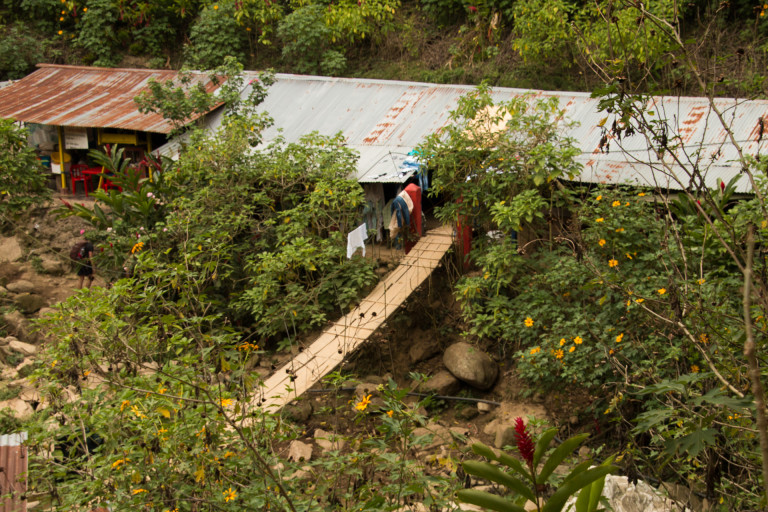
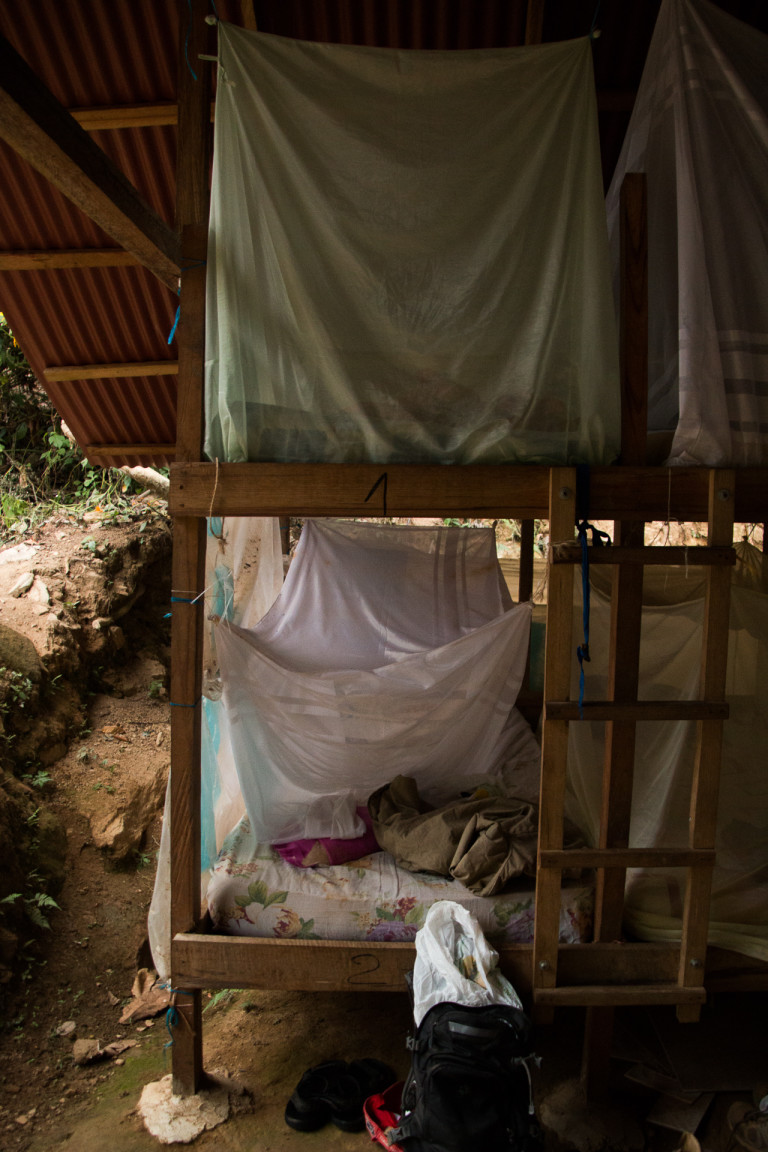
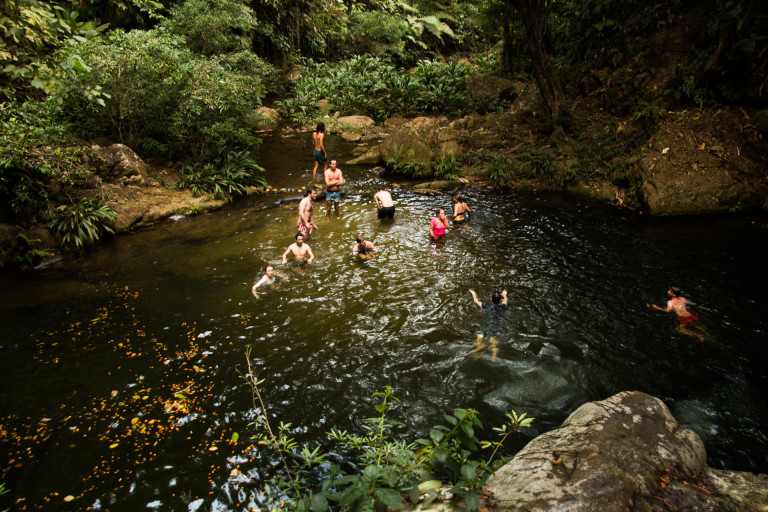
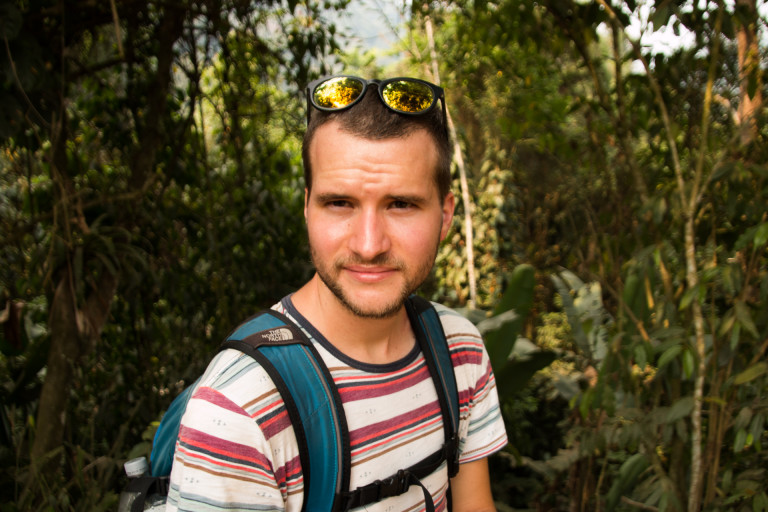
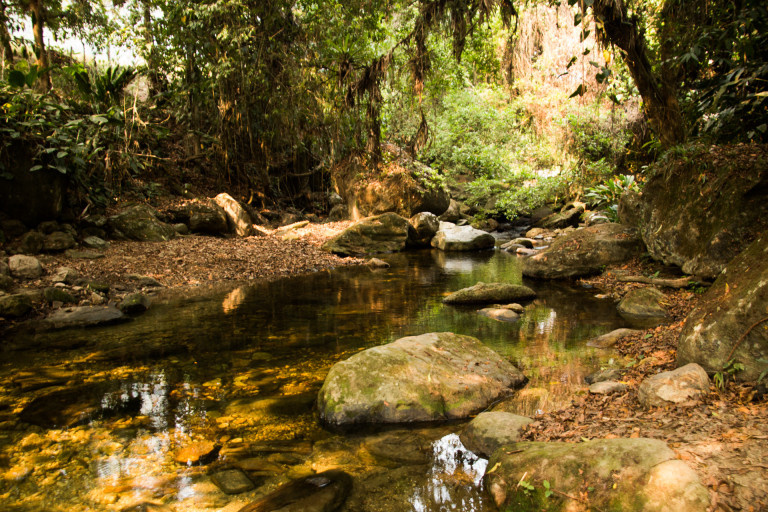
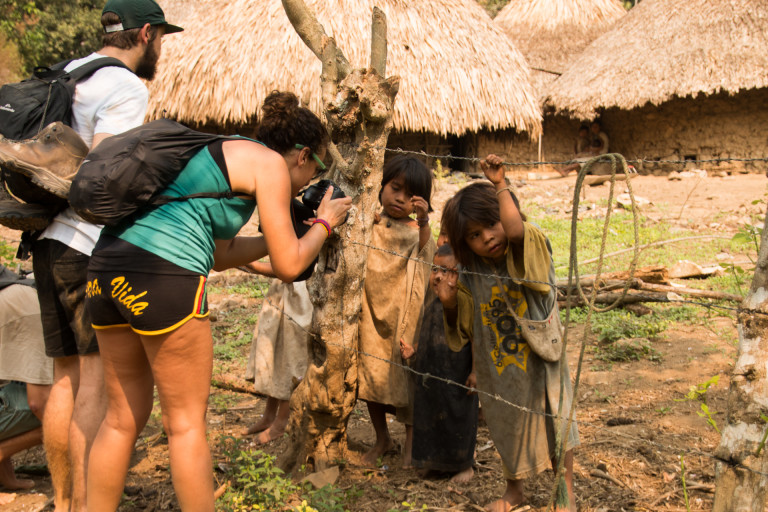
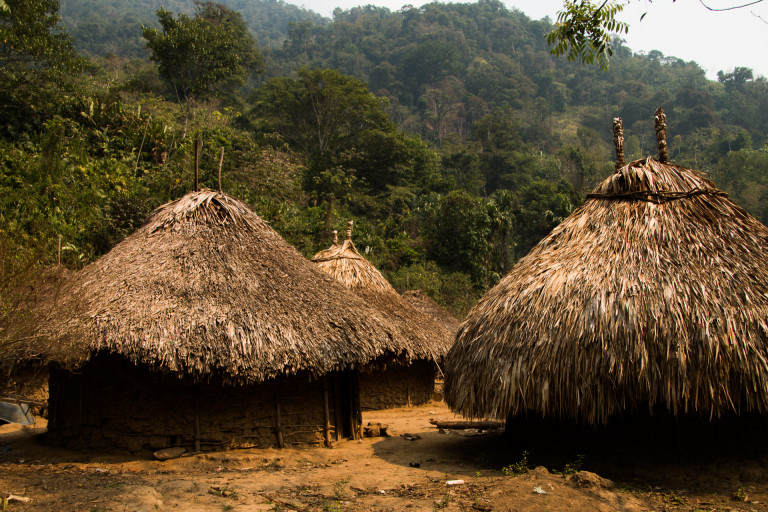
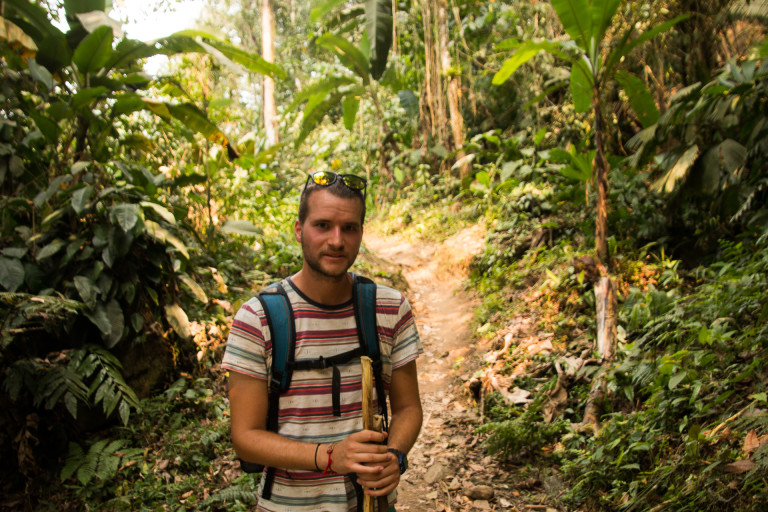
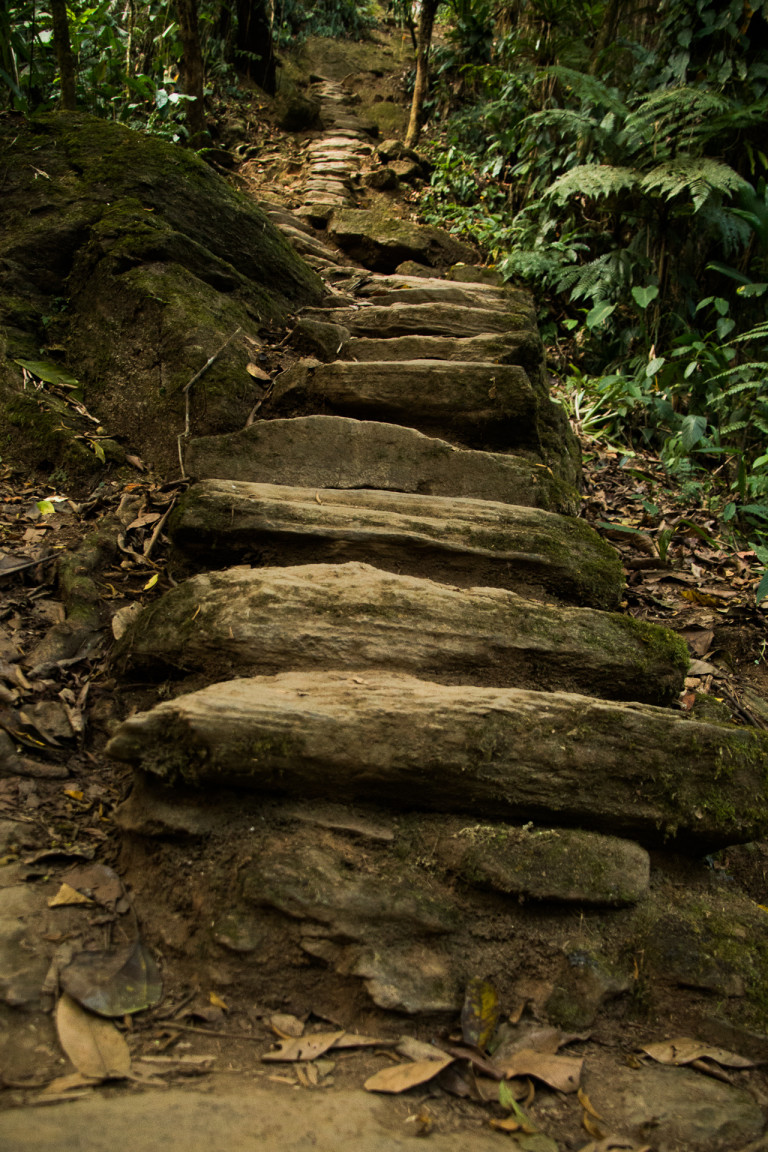
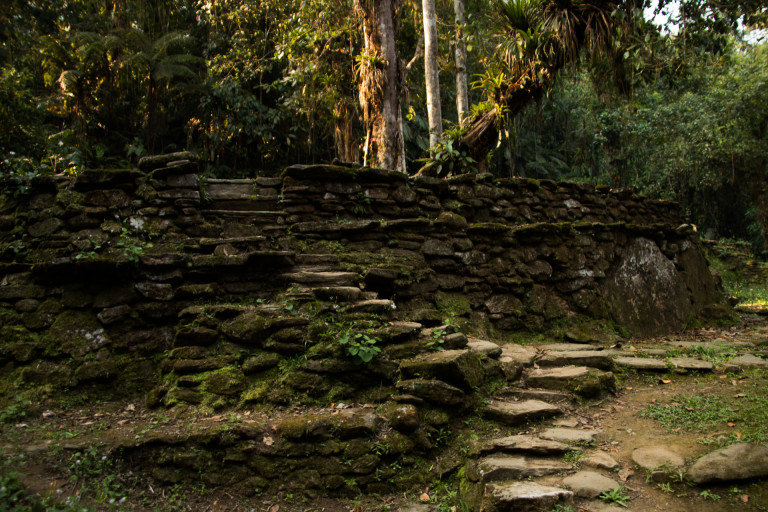
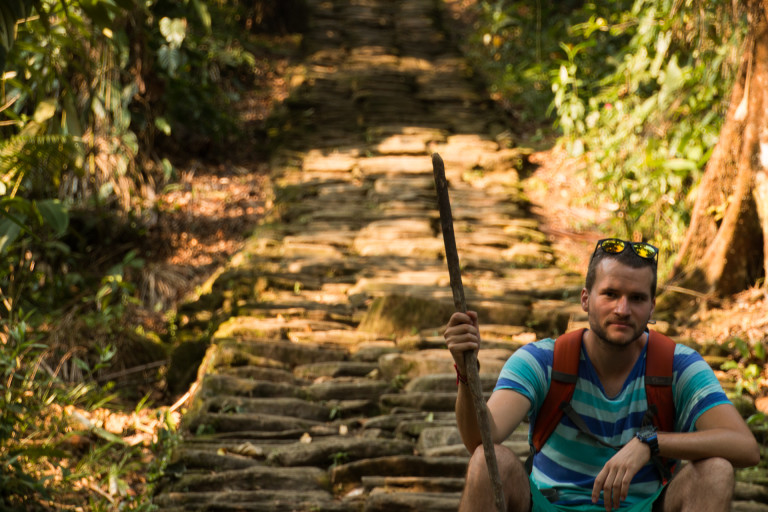
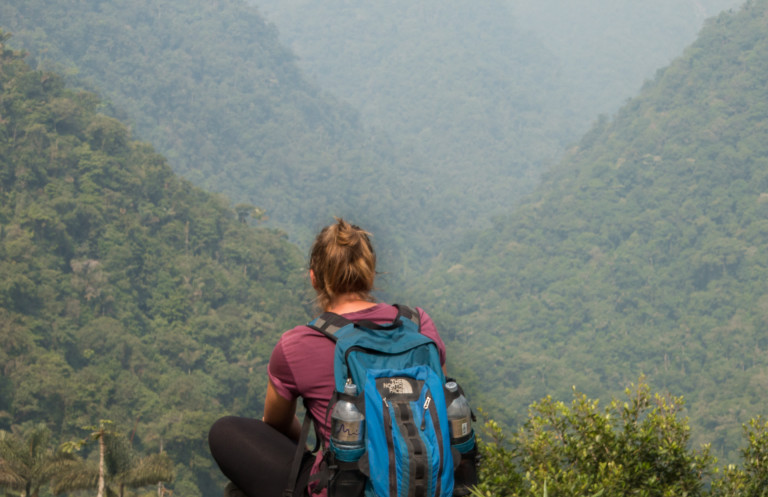
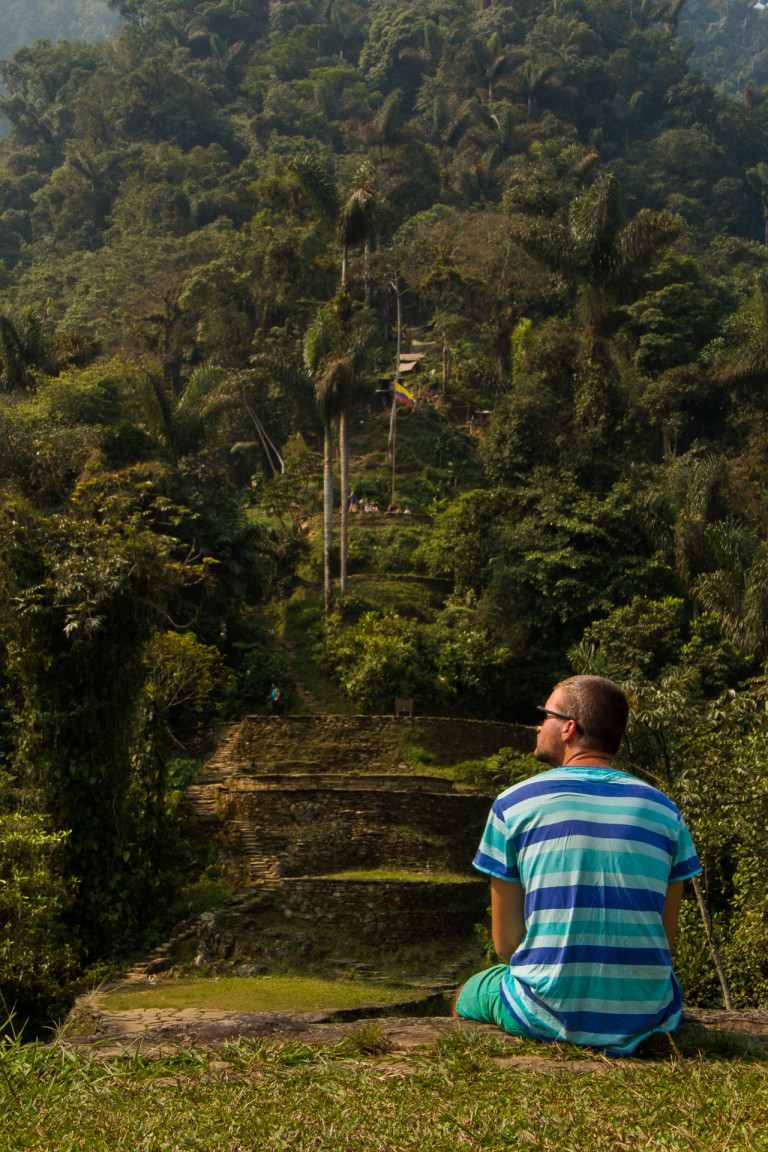
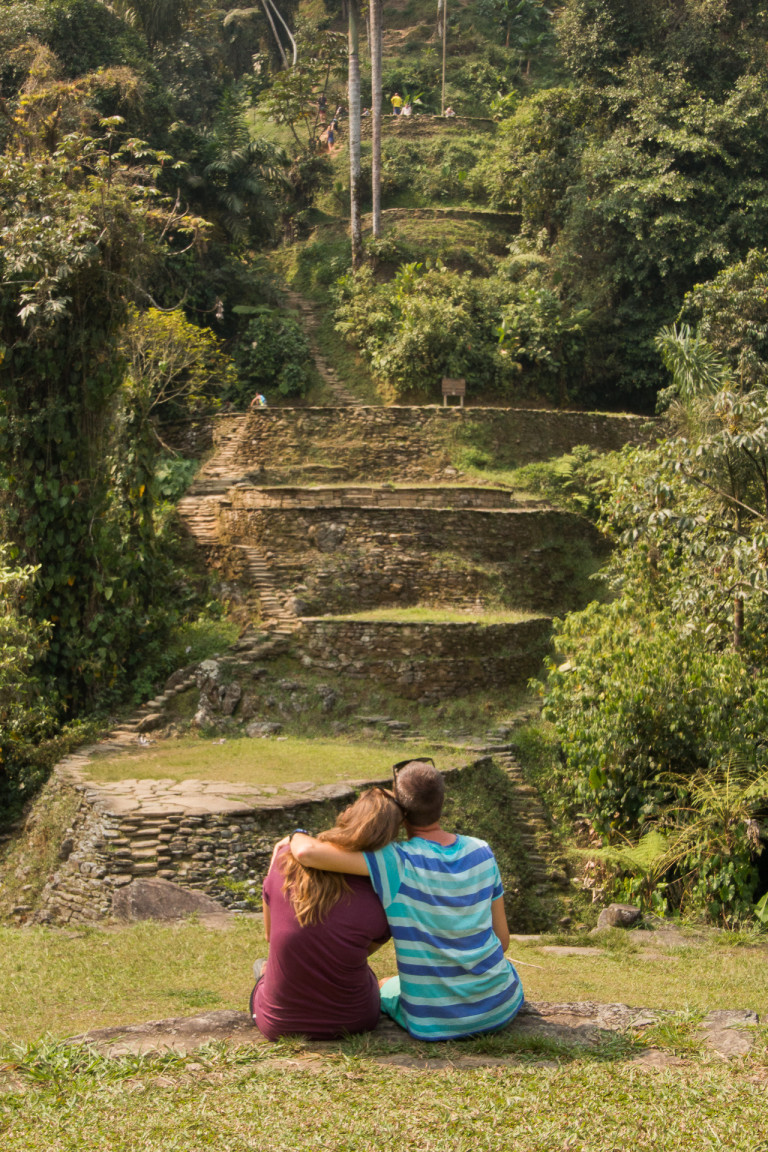
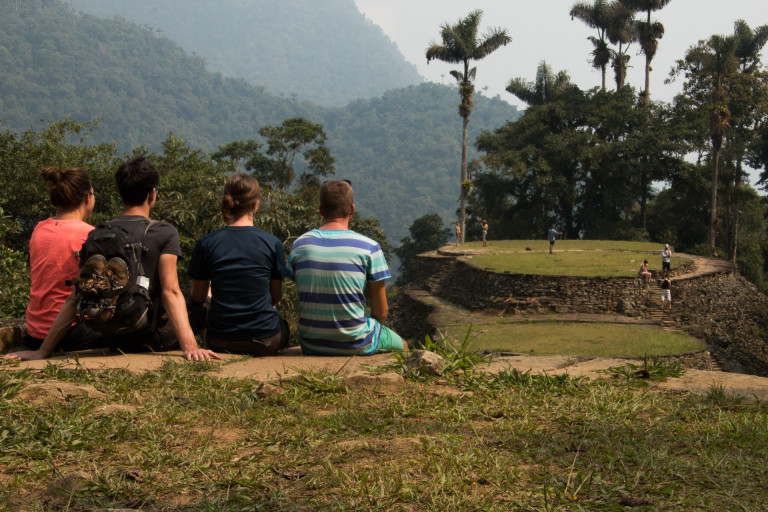
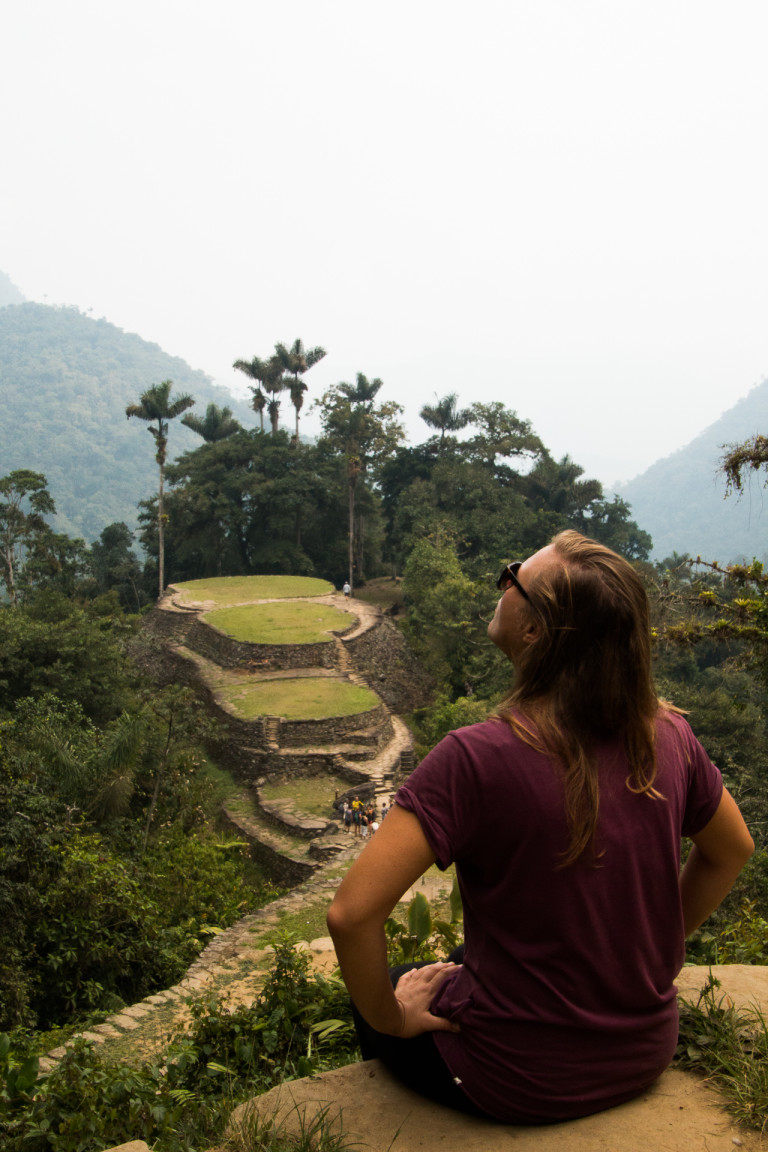
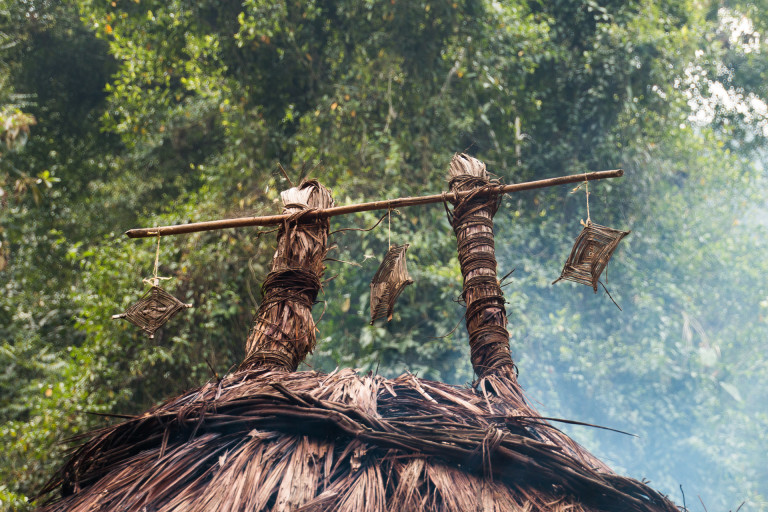
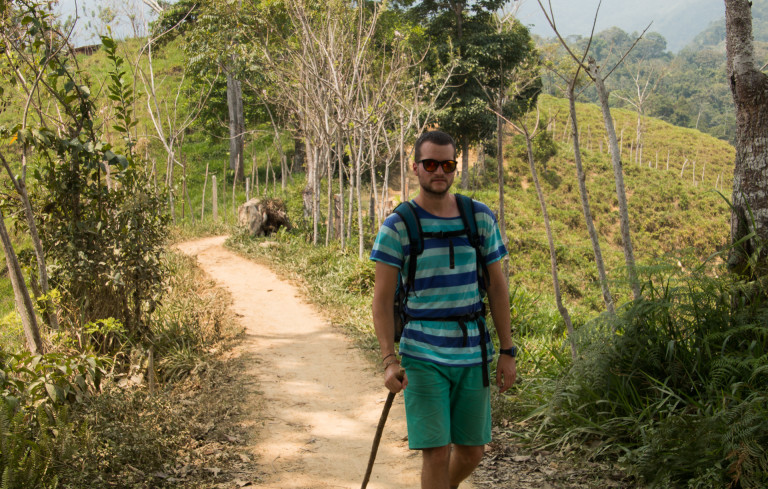
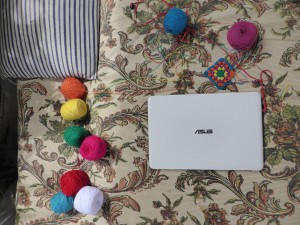
 In the meantime we enjoyed the views on the palms and mountains just like the one in Cocora Valley but there were noooooo hikers, absolutely no one. Just this local farmer in his twenties explaining us his vision about the place. So it turned out his family had a beautiful patch of land there that they were planning to convert in the cheesiest touristic place ever. He told us how amazing it's going to be to fish trout from a tiny pond and ride a pony... I could imagine it being fun for a 5 year old but I couldn't understand how could it be nice to actually fish in a tiny pond when you have a river full of trout 5 min away. But Colombian tourism is different I guess.
In the meantime we enjoyed the views on the palms and mountains just like the one in Cocora Valley but there were noooooo hikers, absolutely no one. Just this local farmer in his twenties explaining us his vision about the place. So it turned out his family had a beautiful patch of land there that they were planning to convert in the cheesiest touristic place ever. He told us how amazing it's going to be to fish trout from a tiny pond and ride a pony... I could imagine it being fun for a 5 year old but I couldn't understand how could it be nice to actually fish in a tiny pond when you have a river full of trout 5 min away. But Colombian tourism is different I guess.